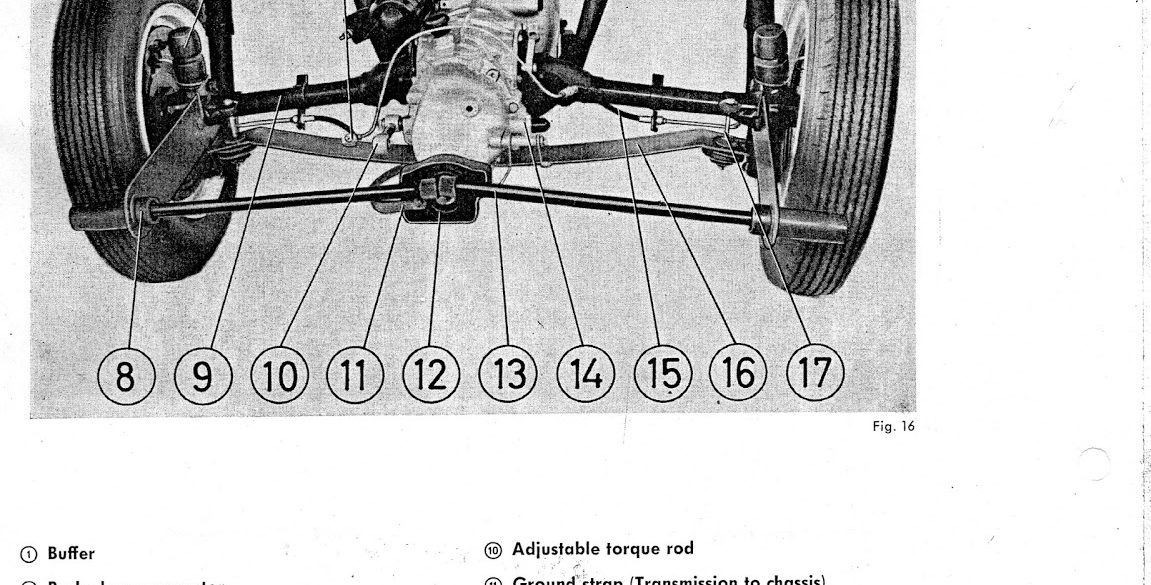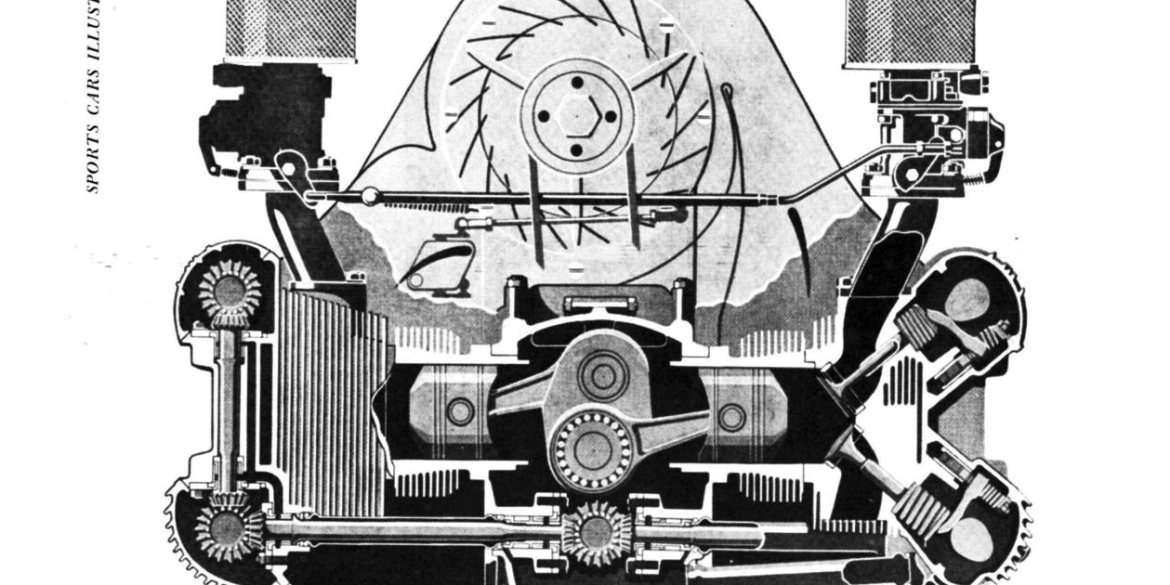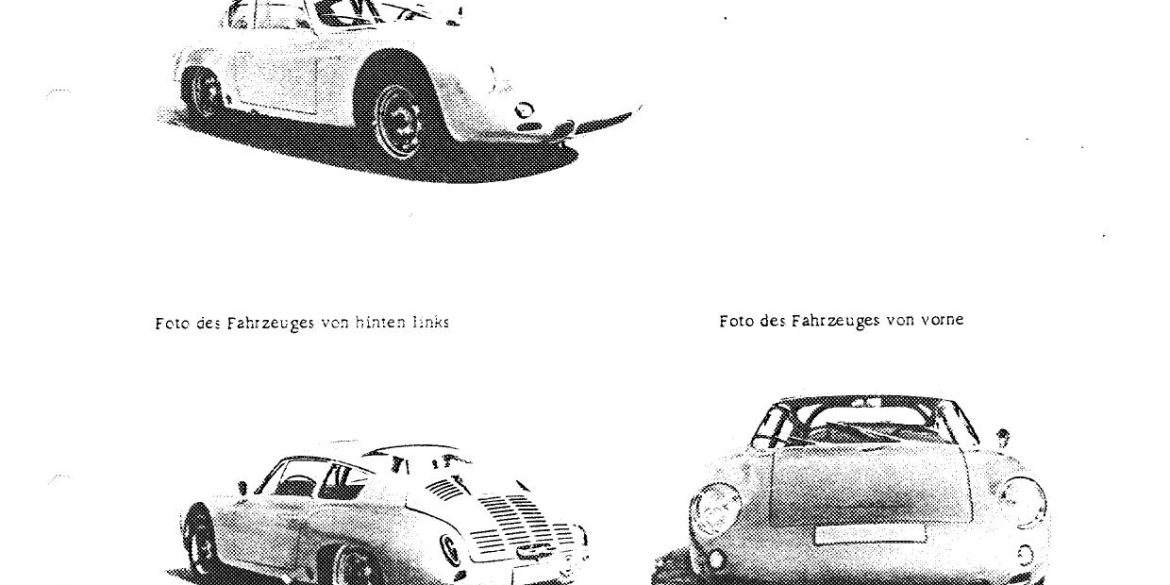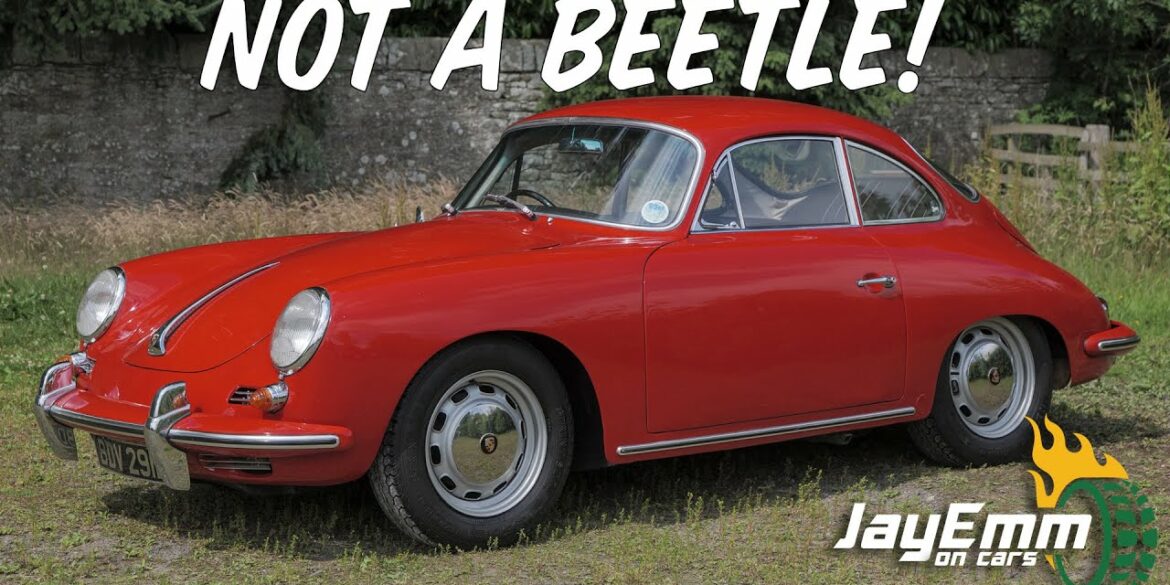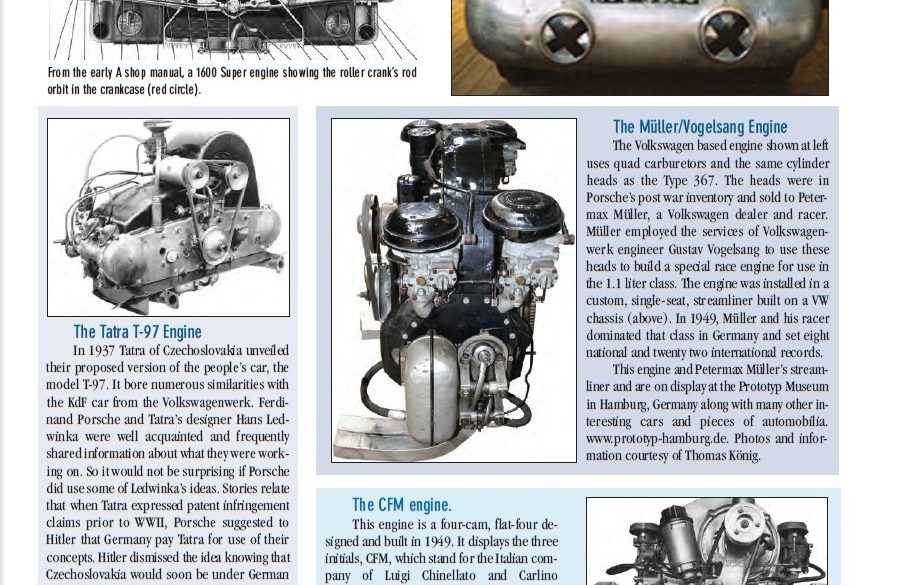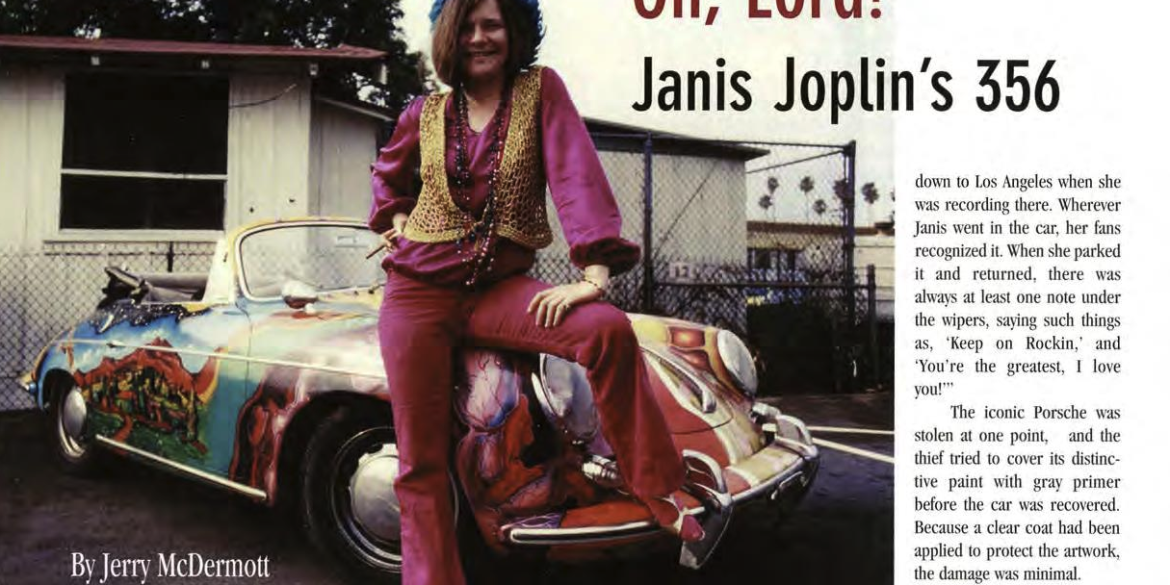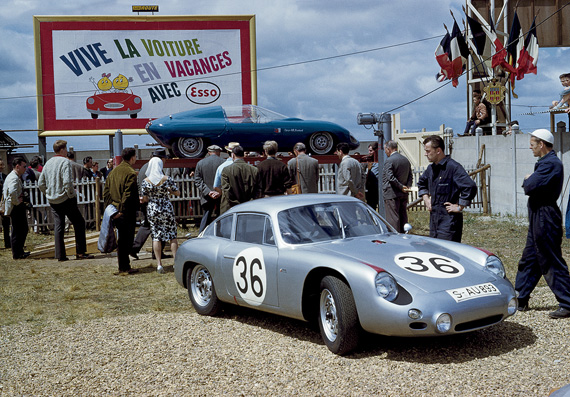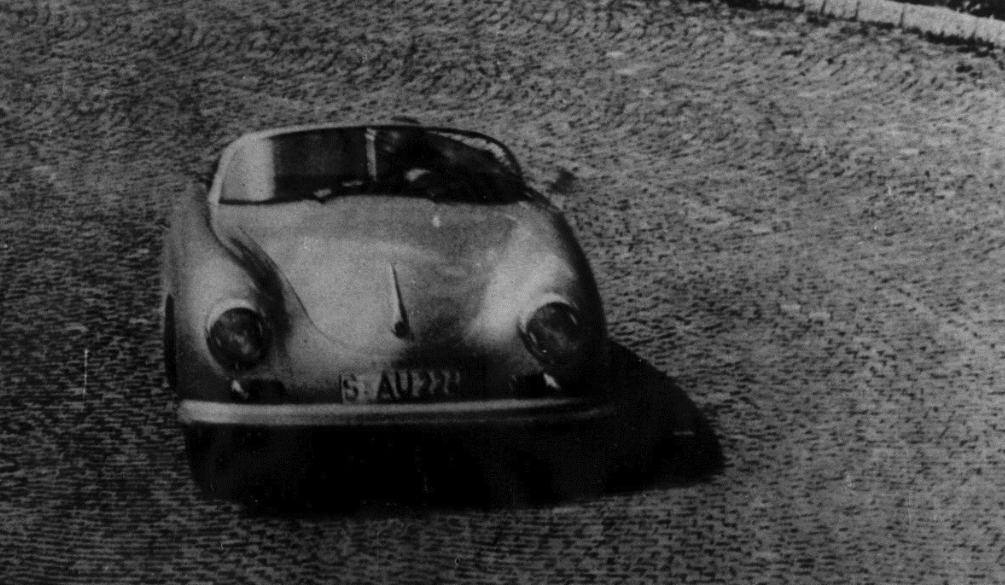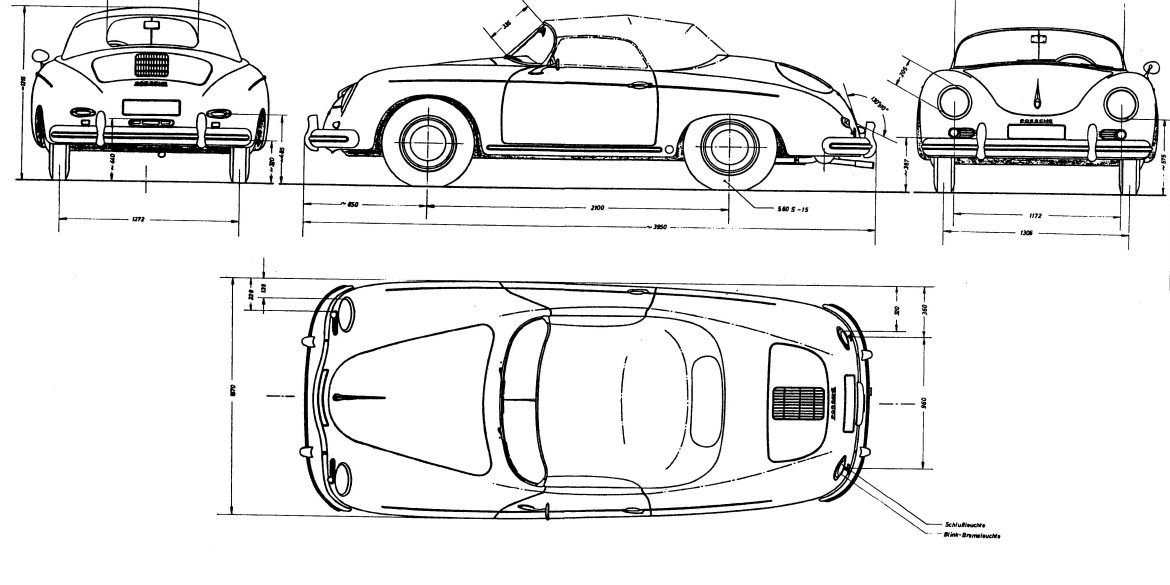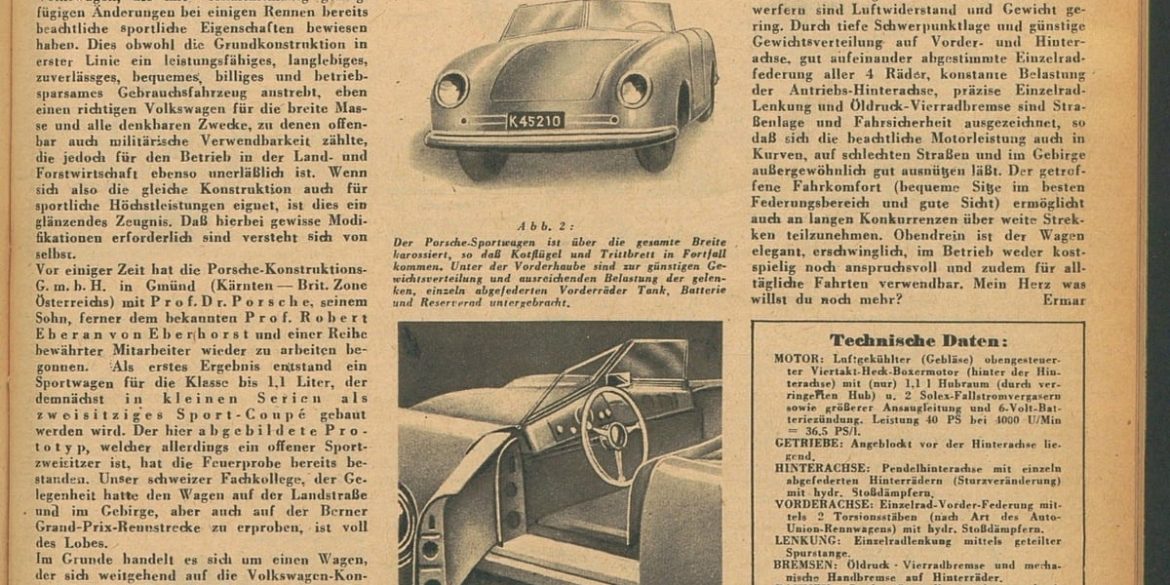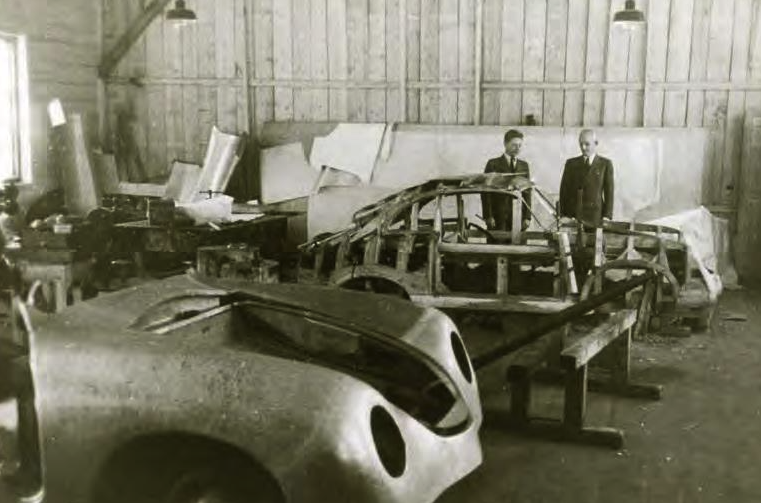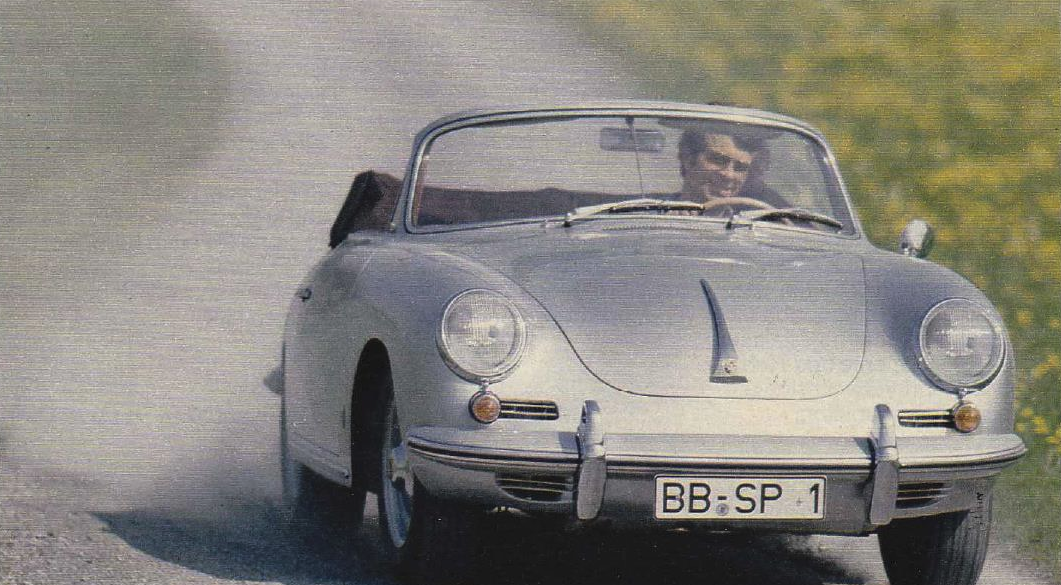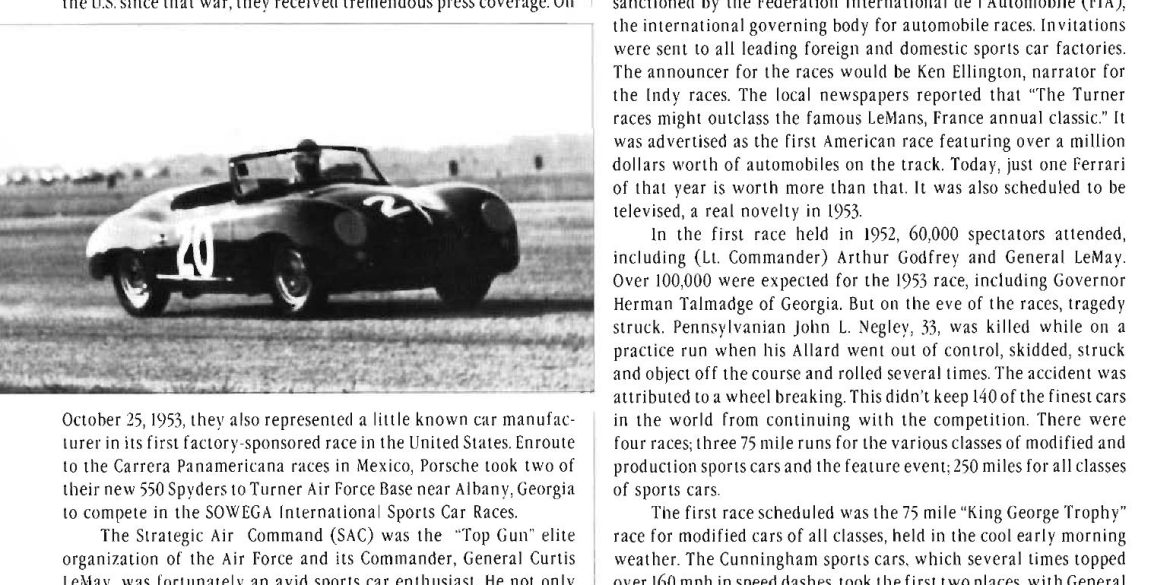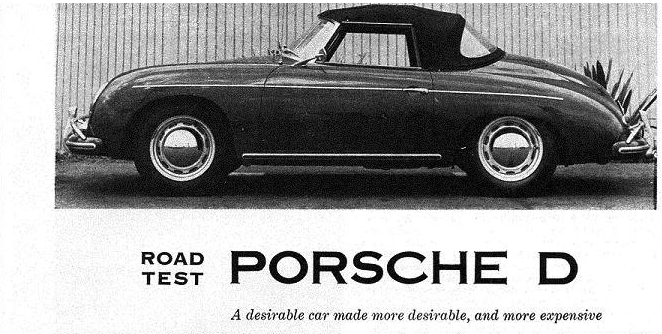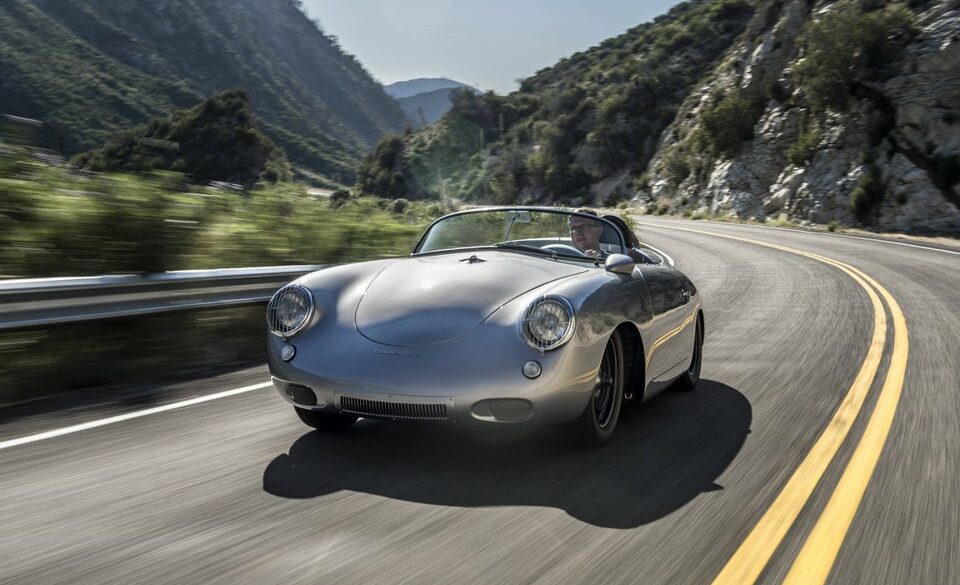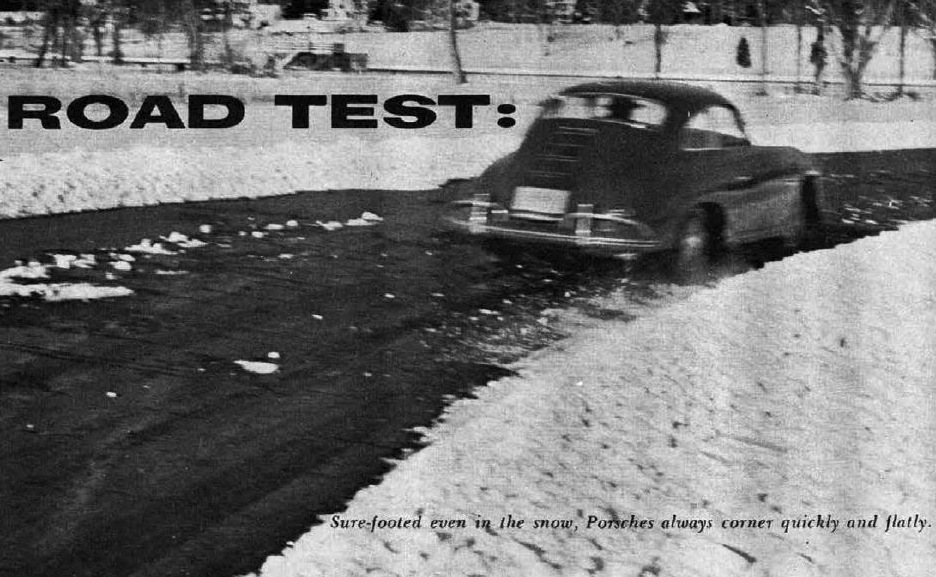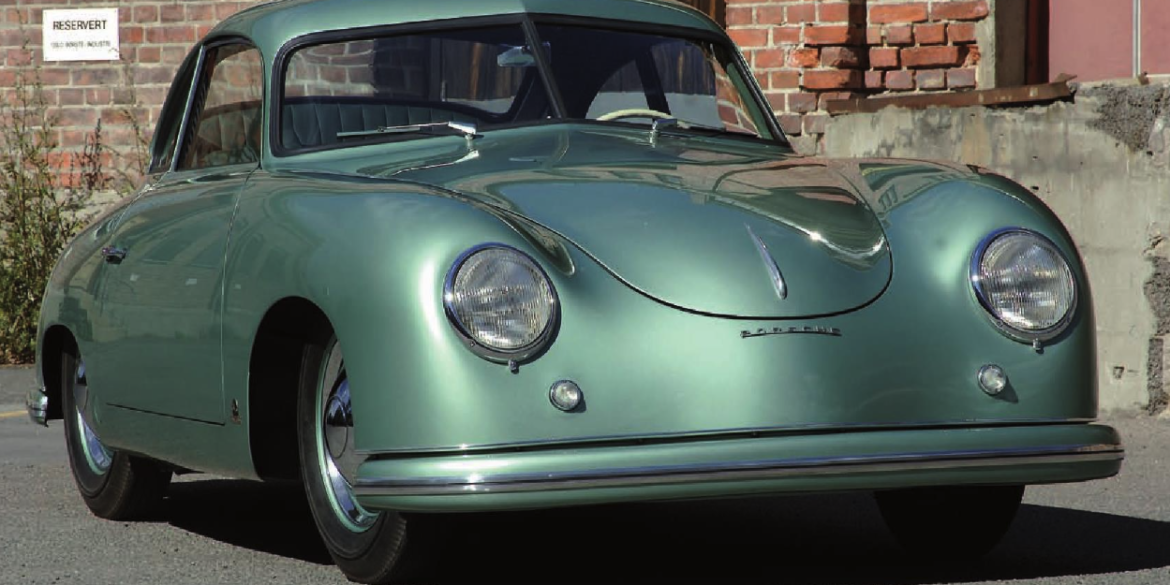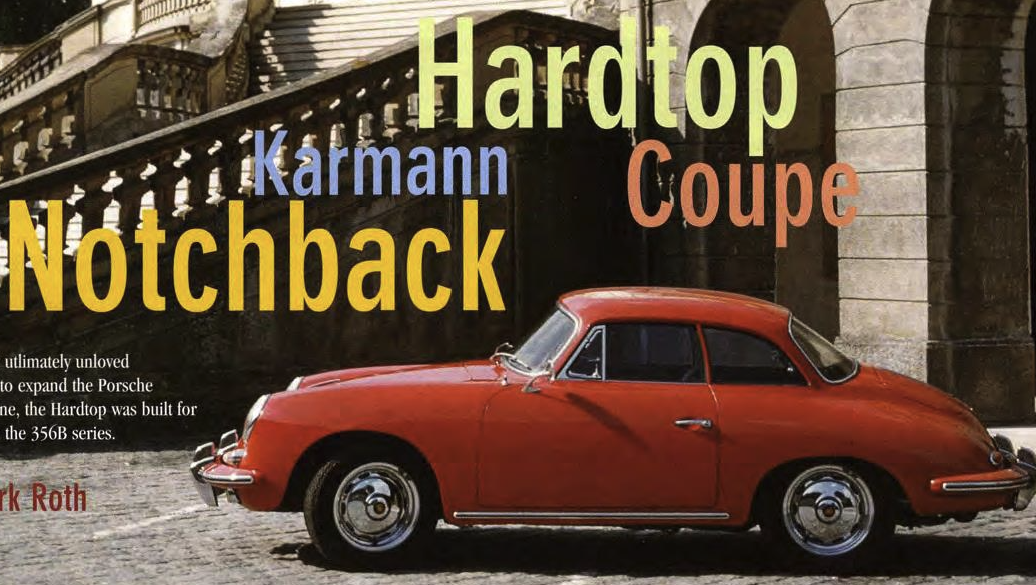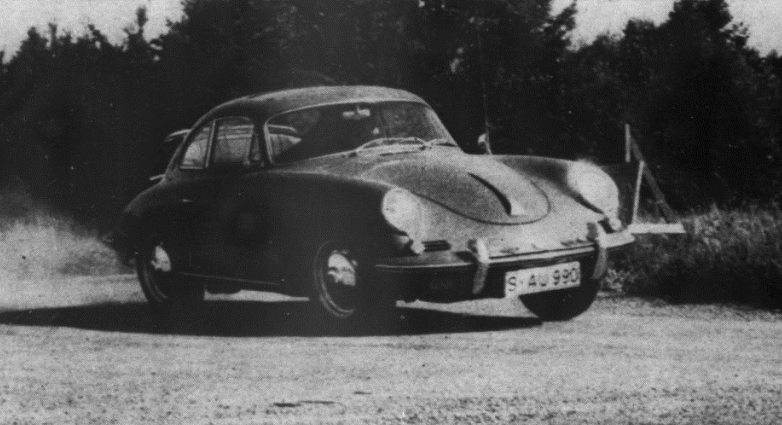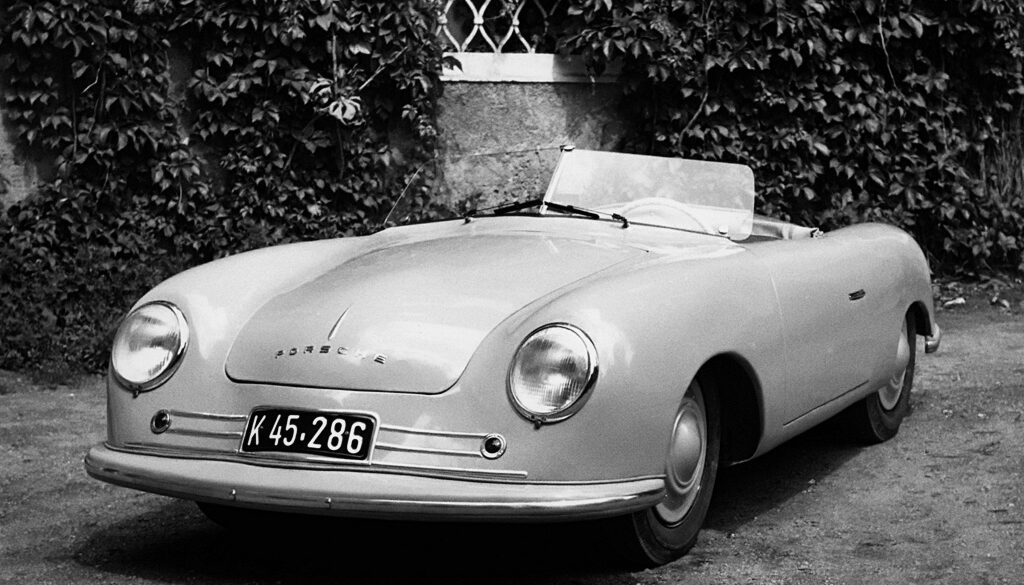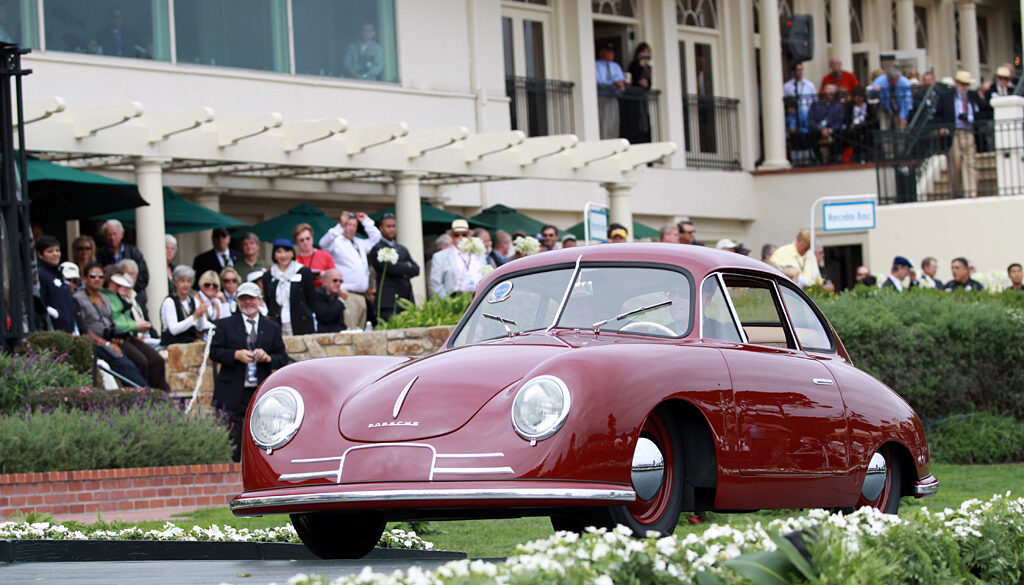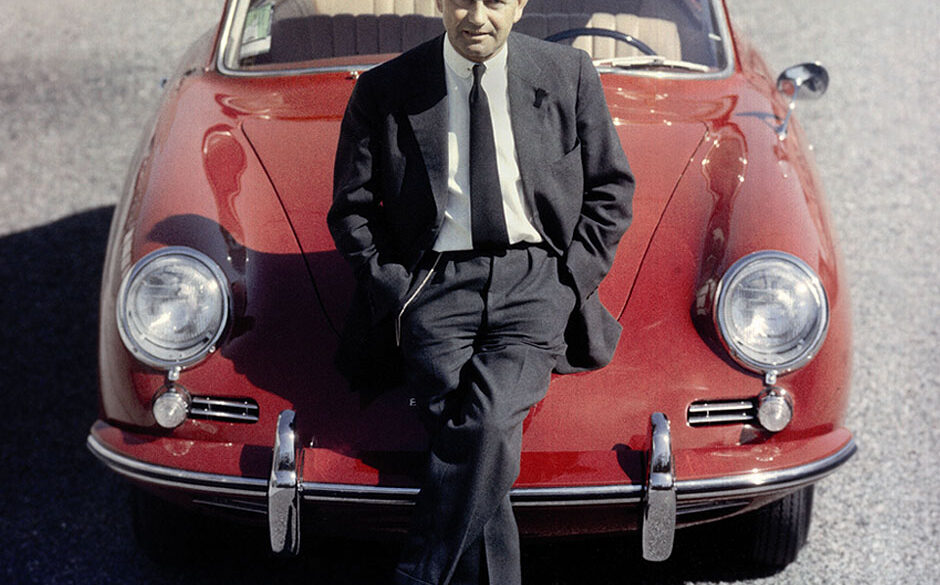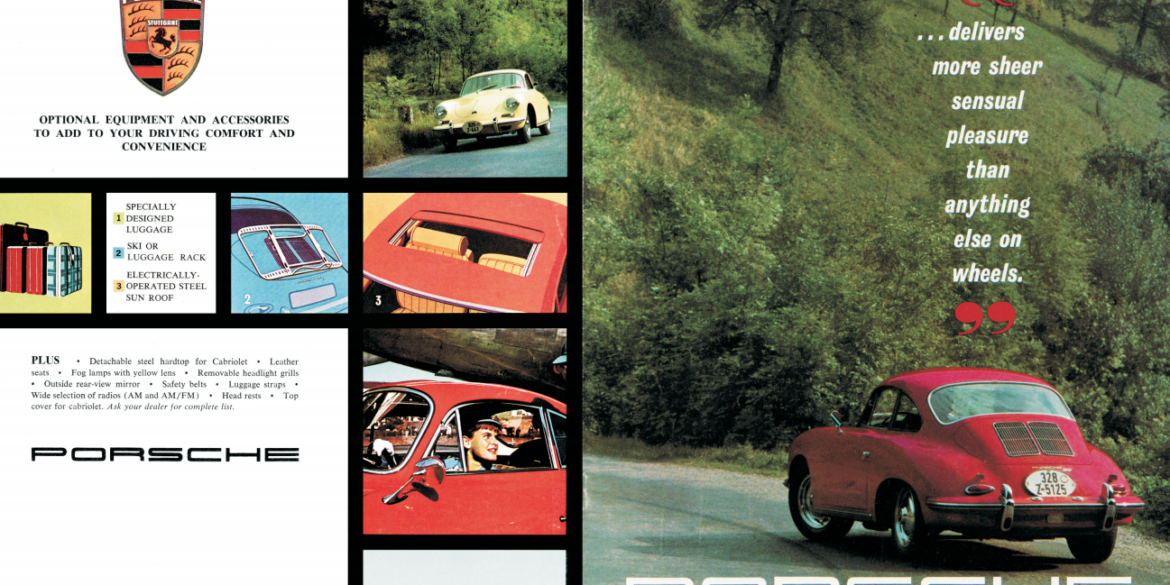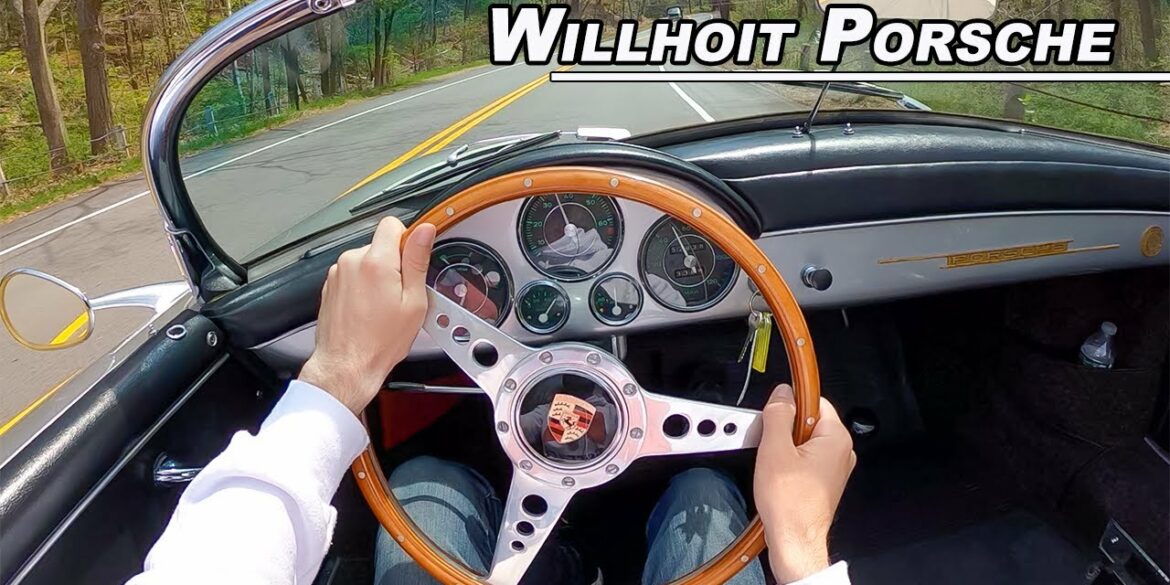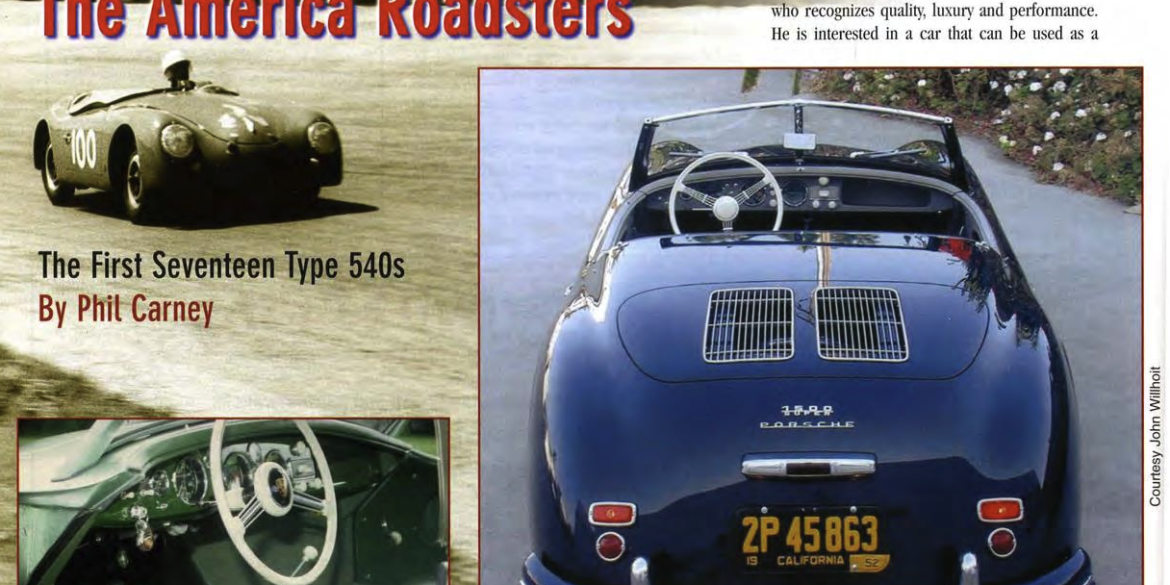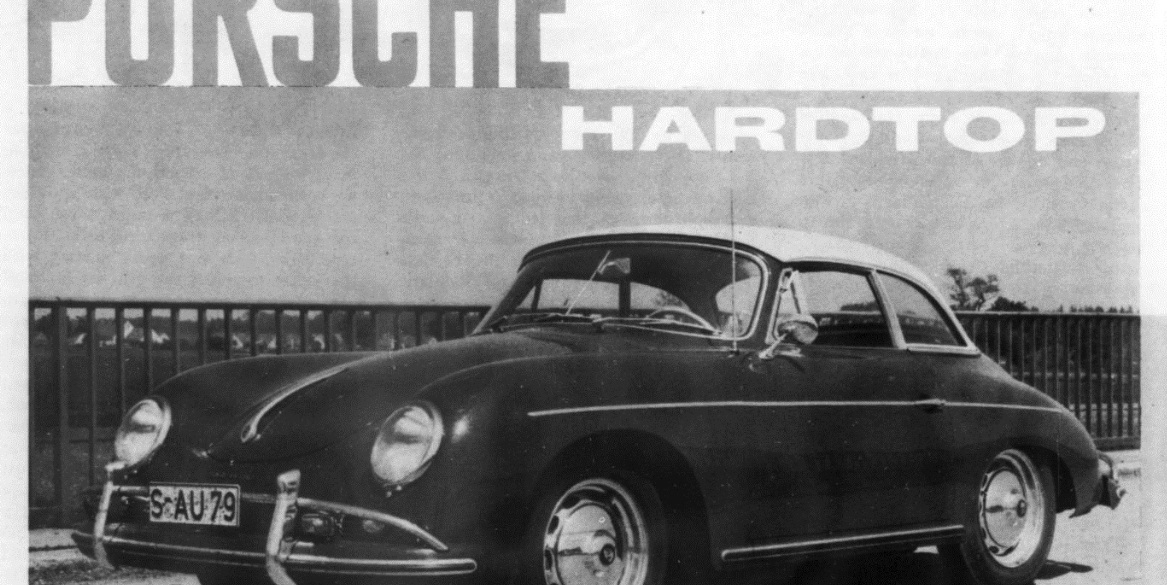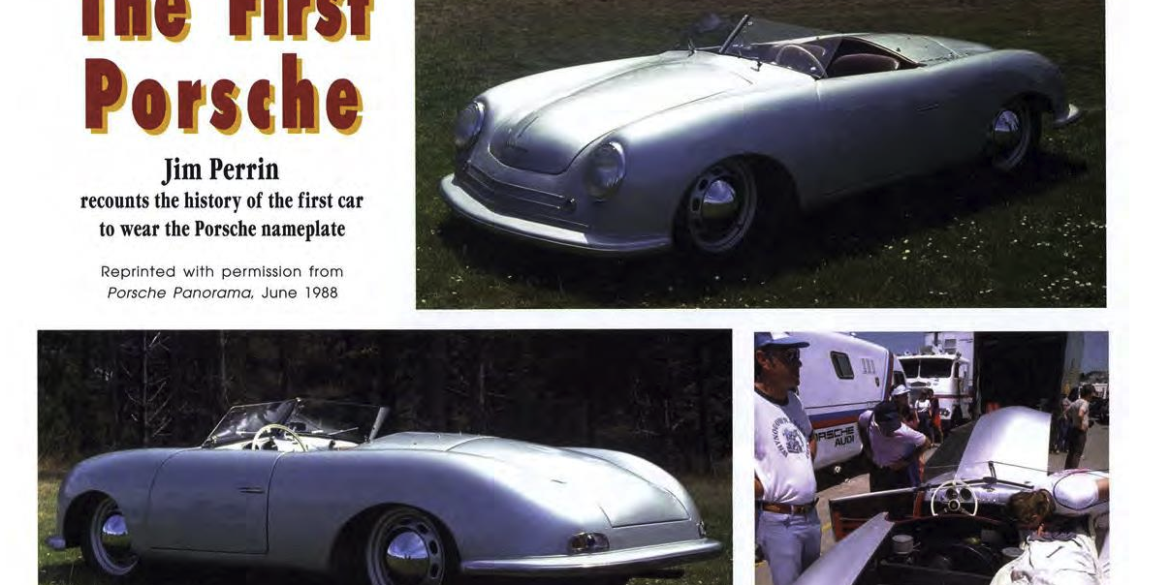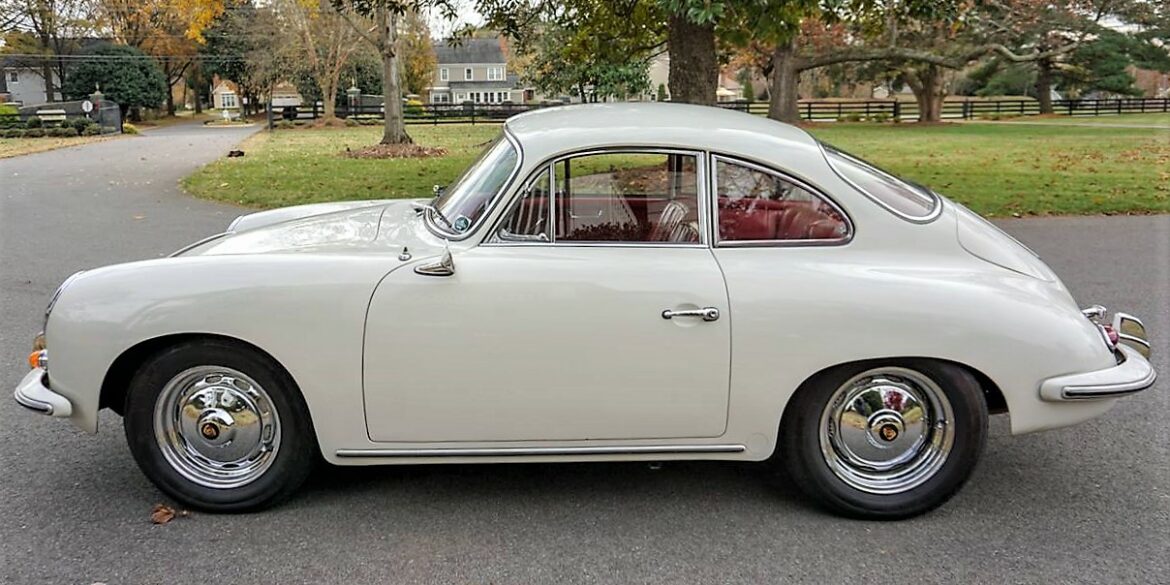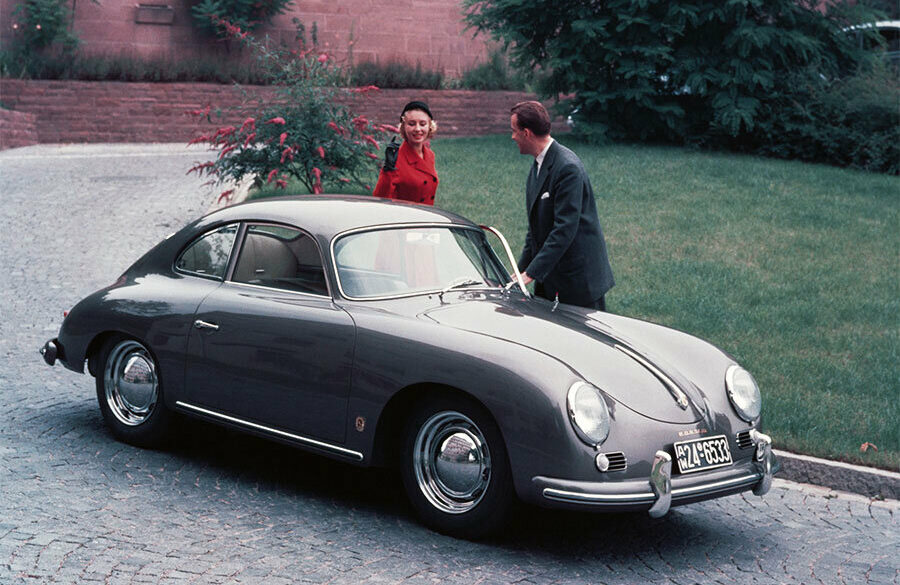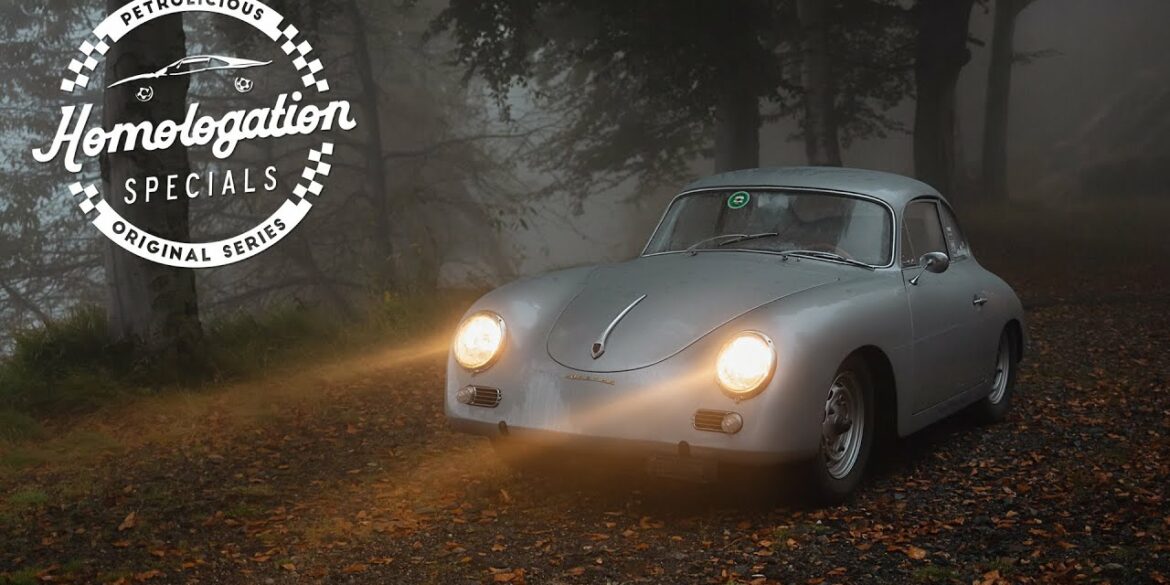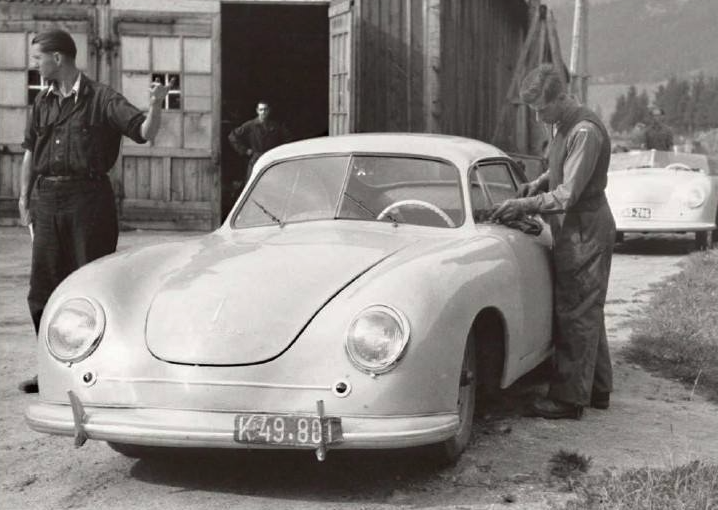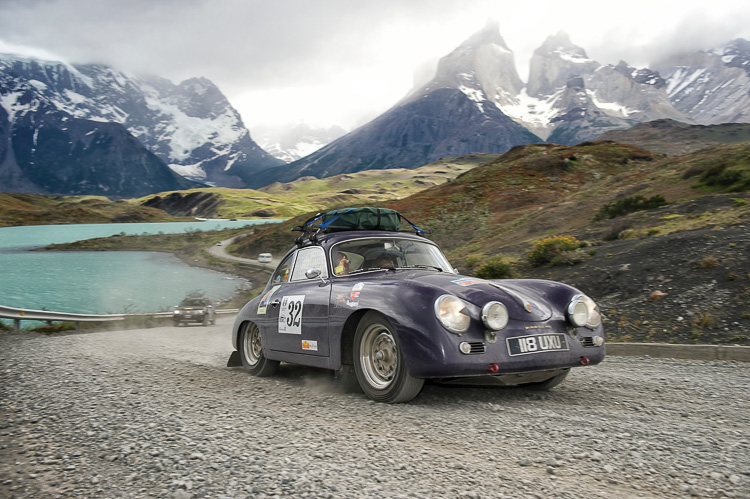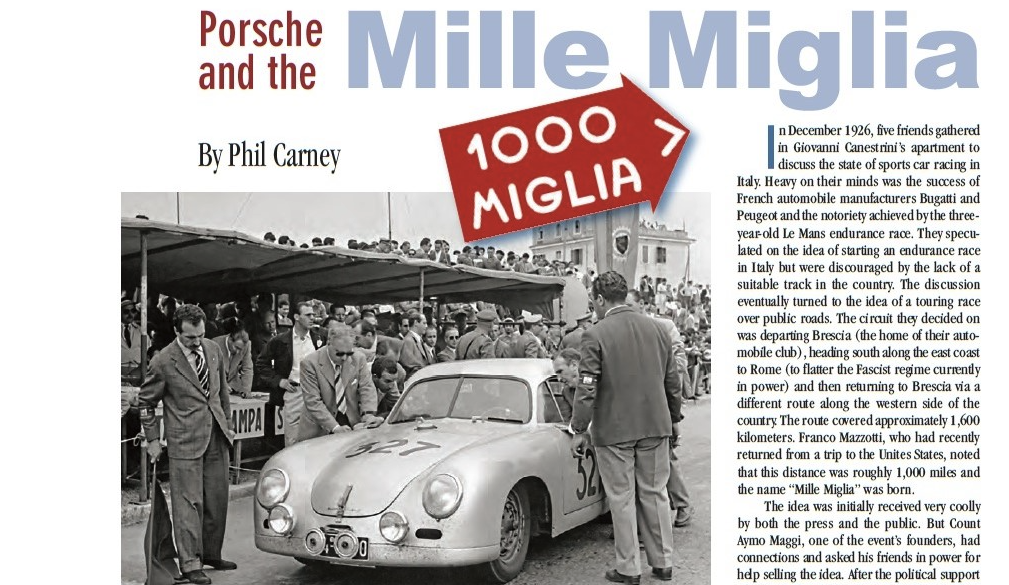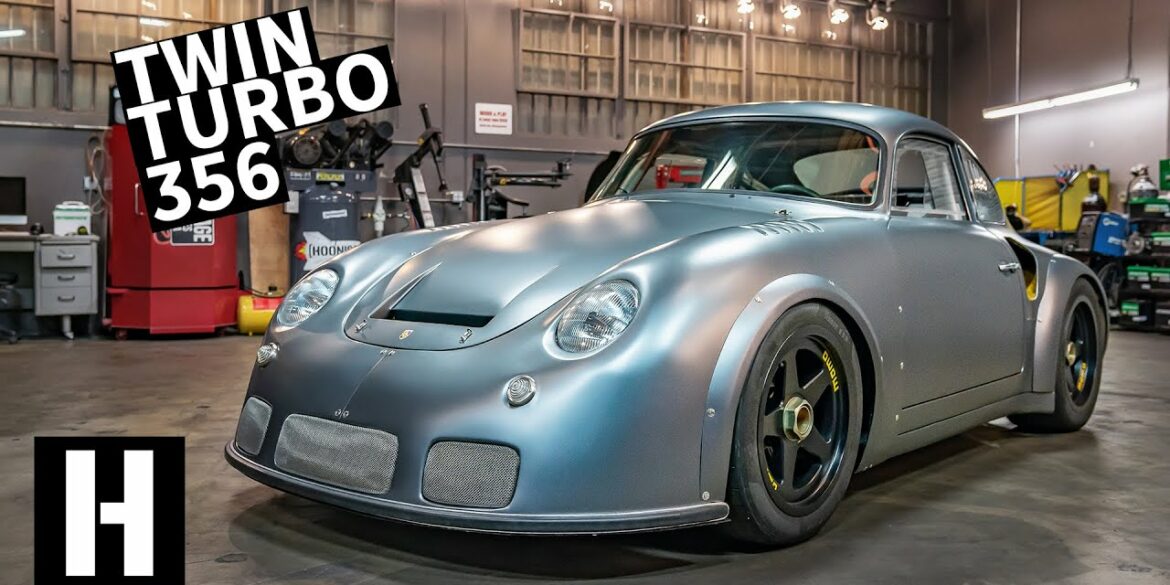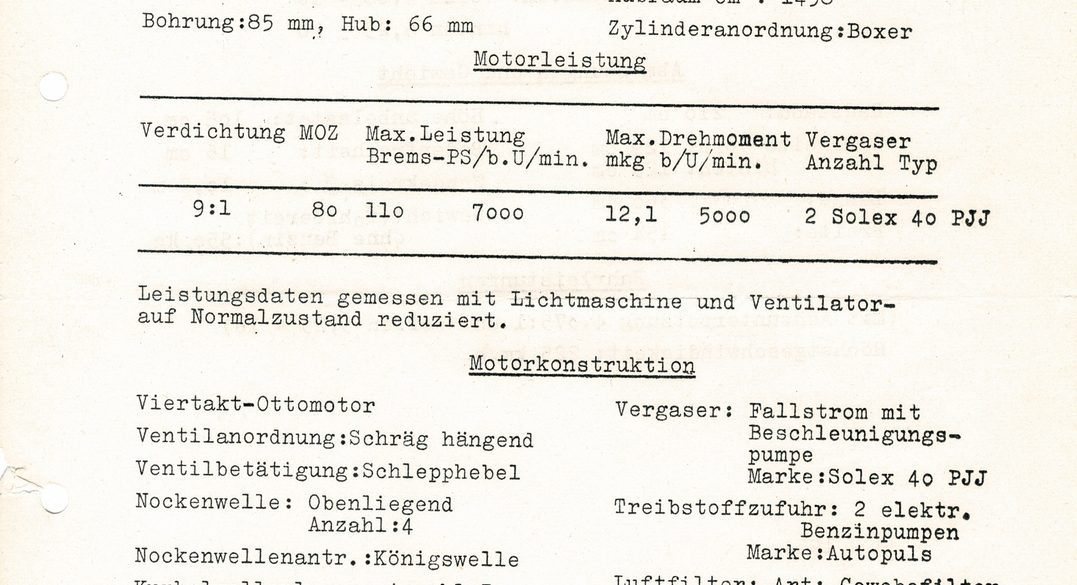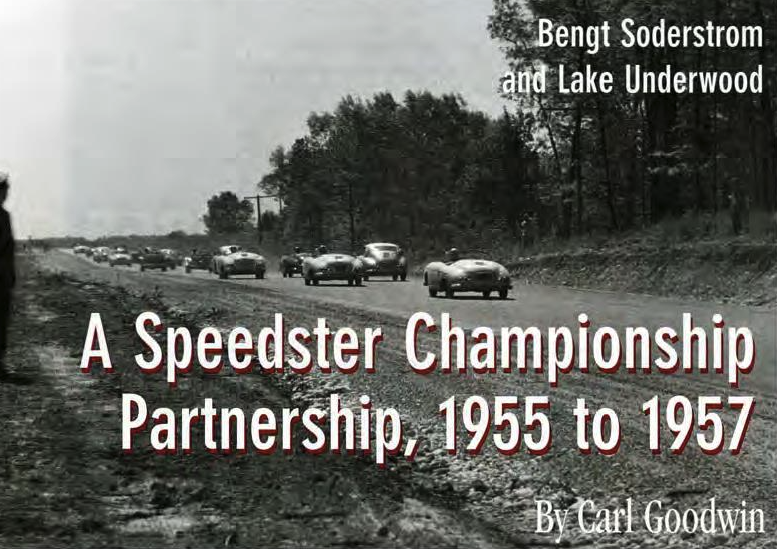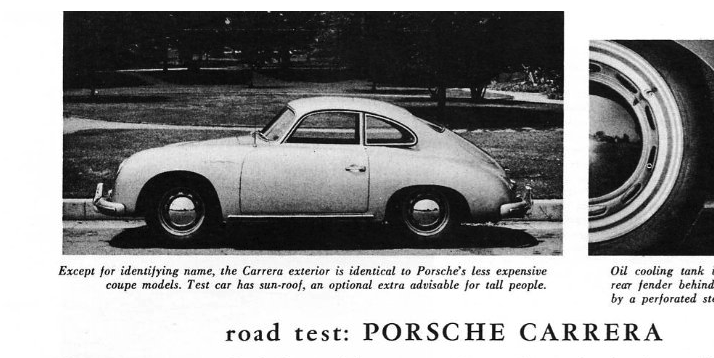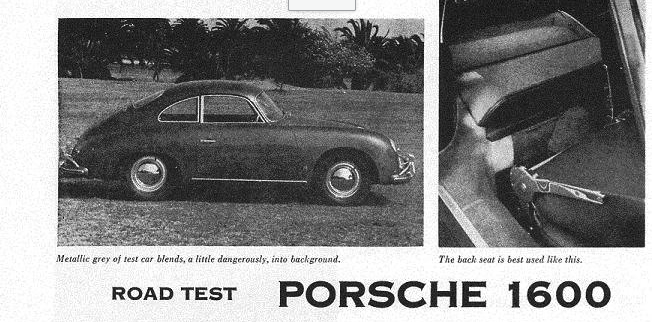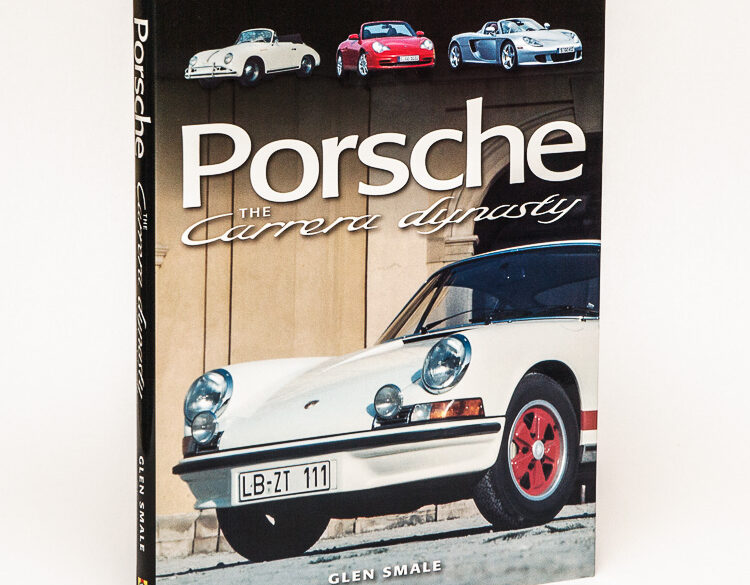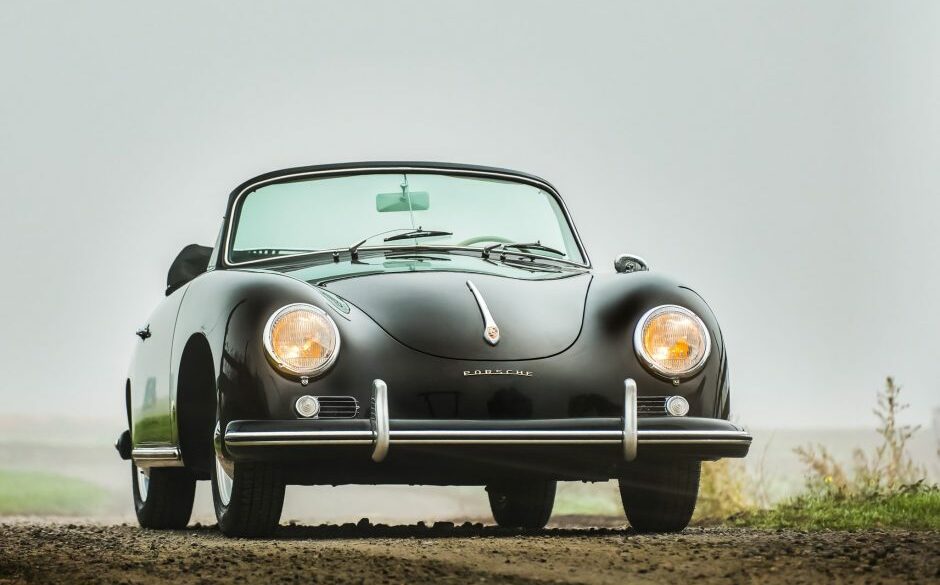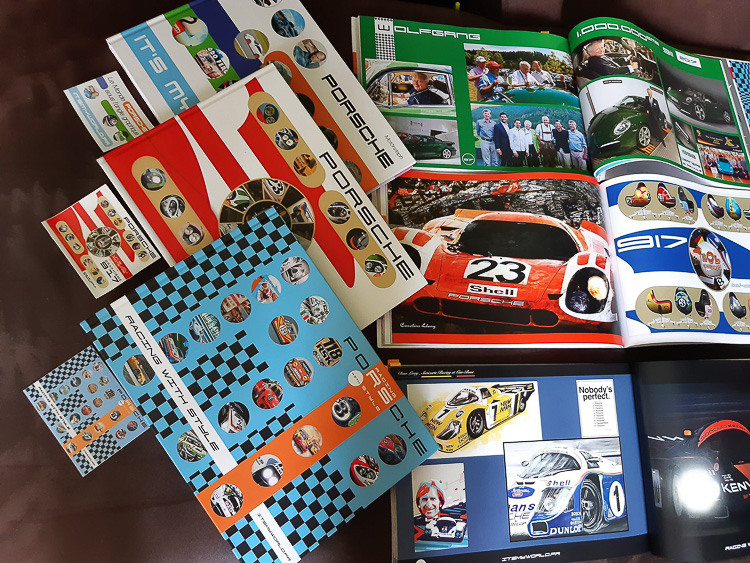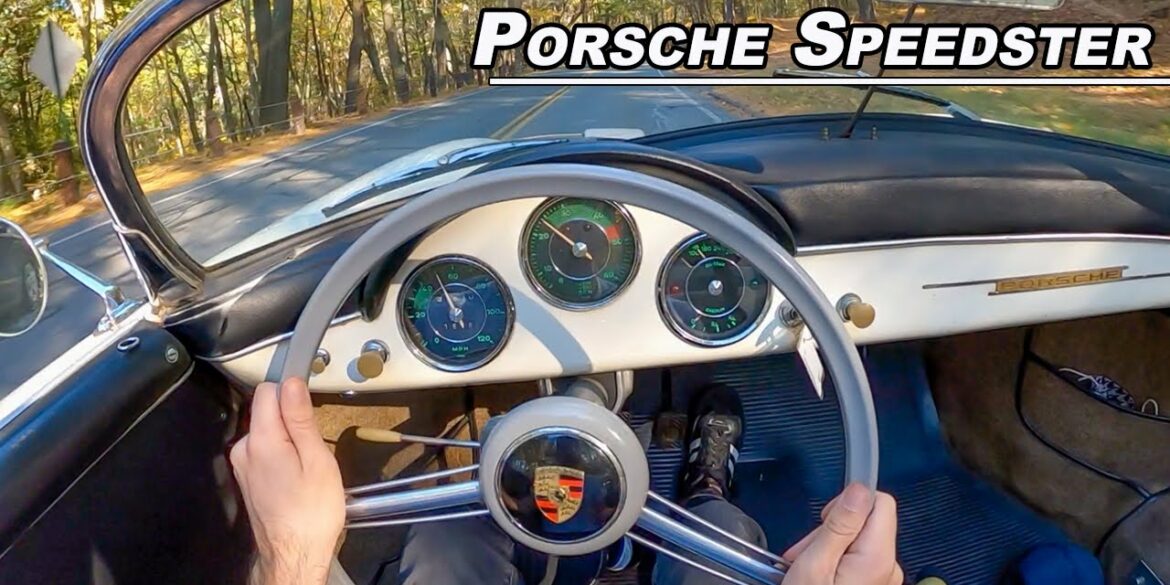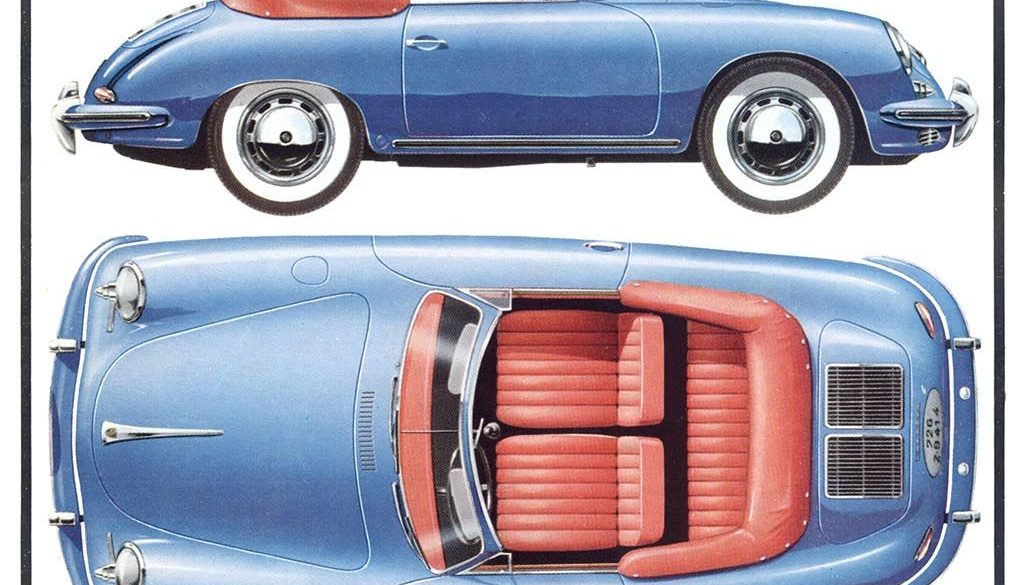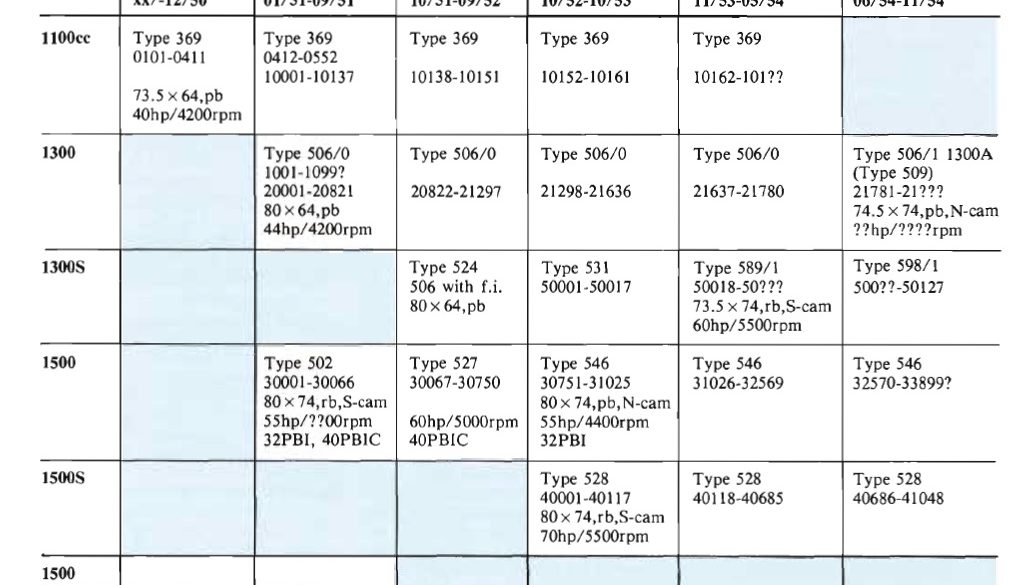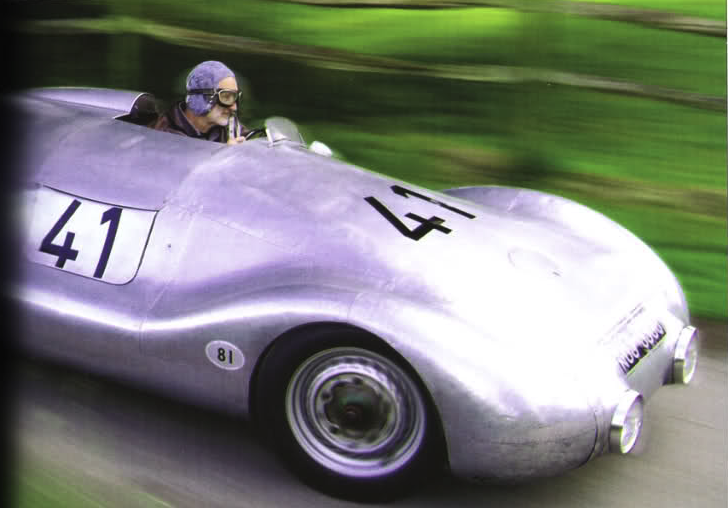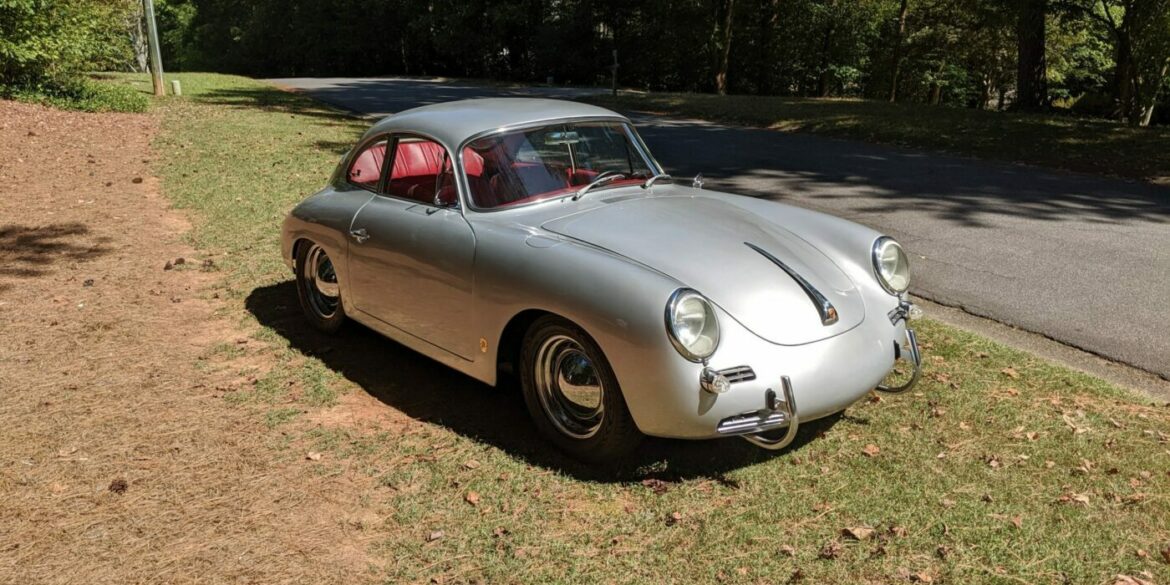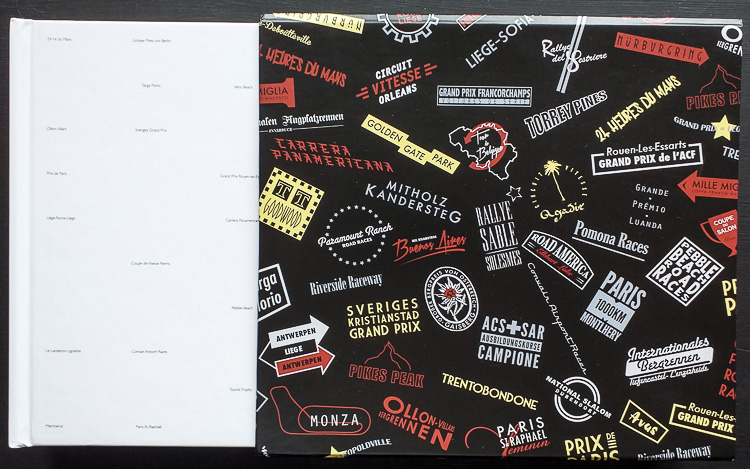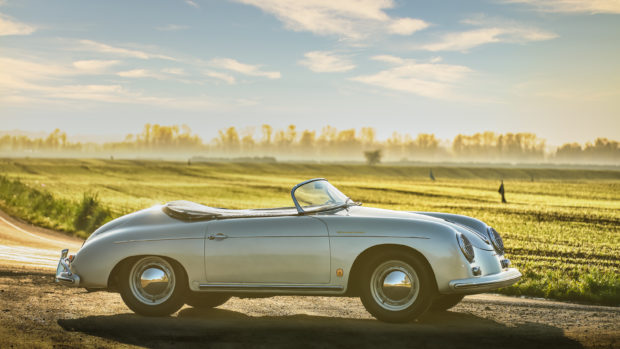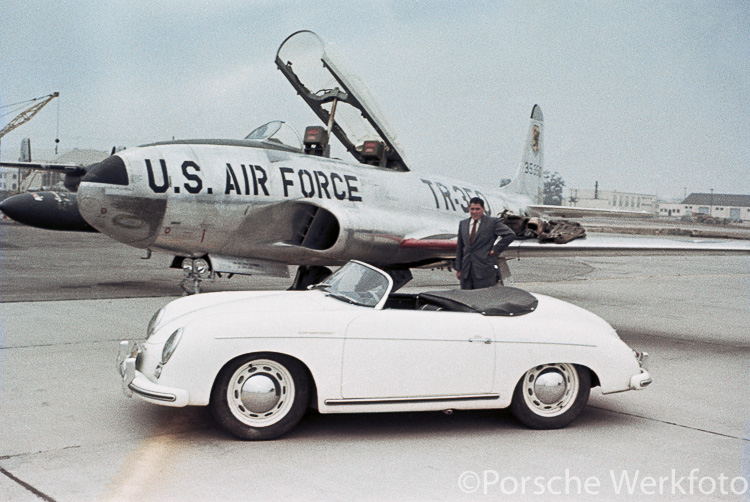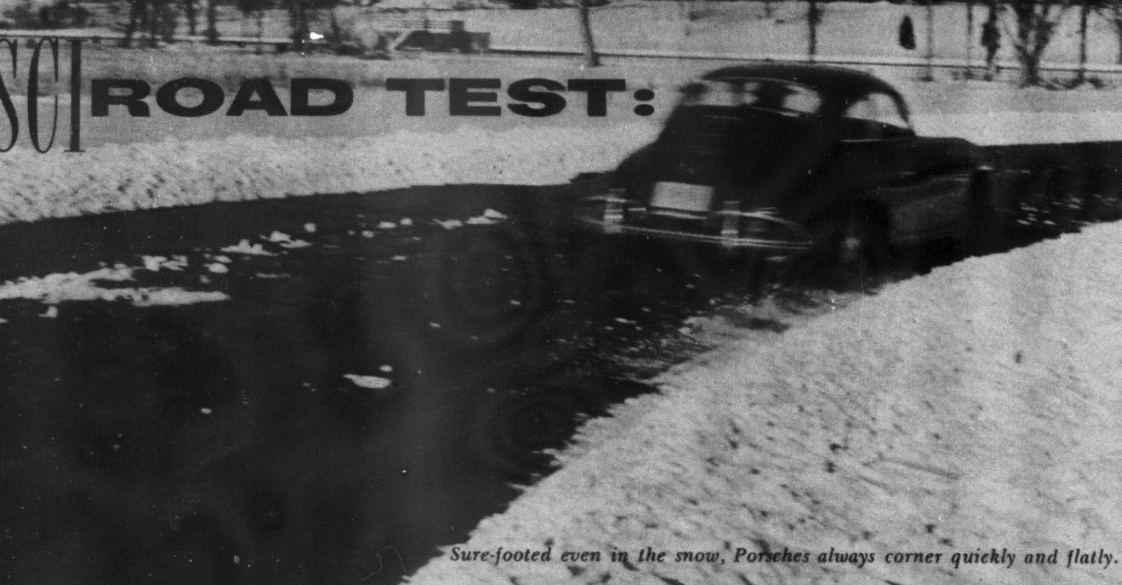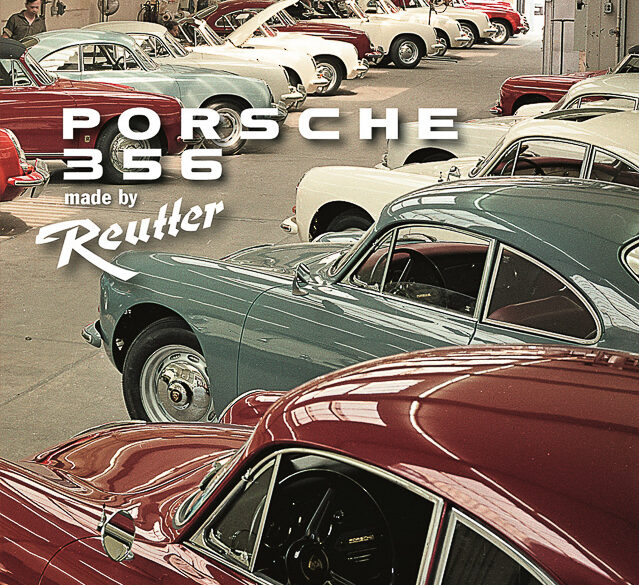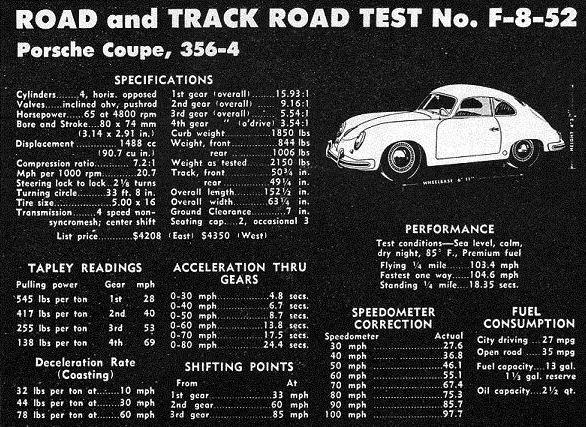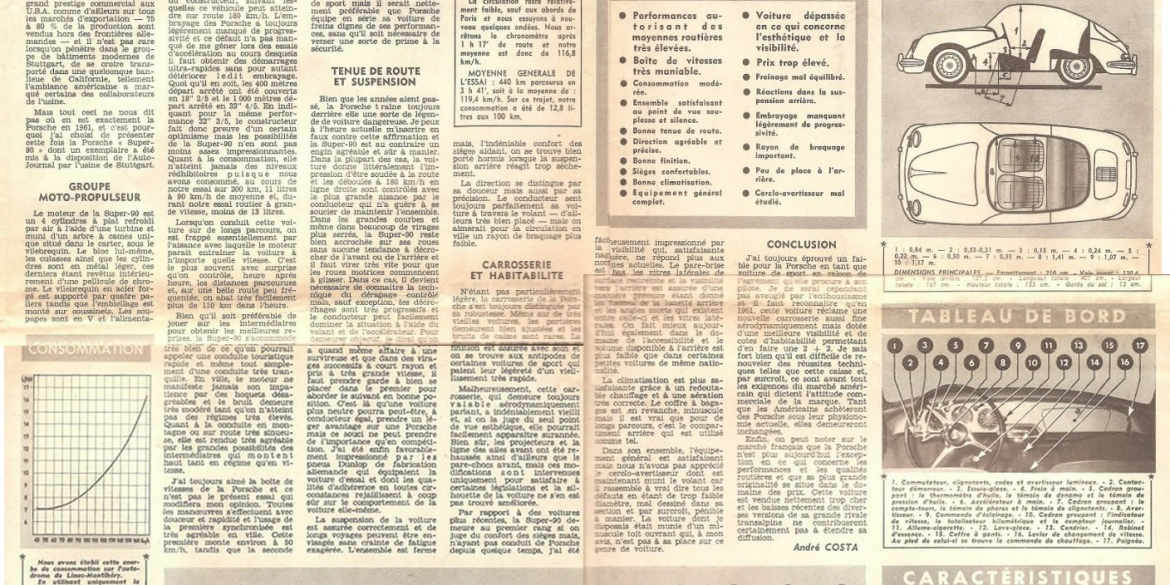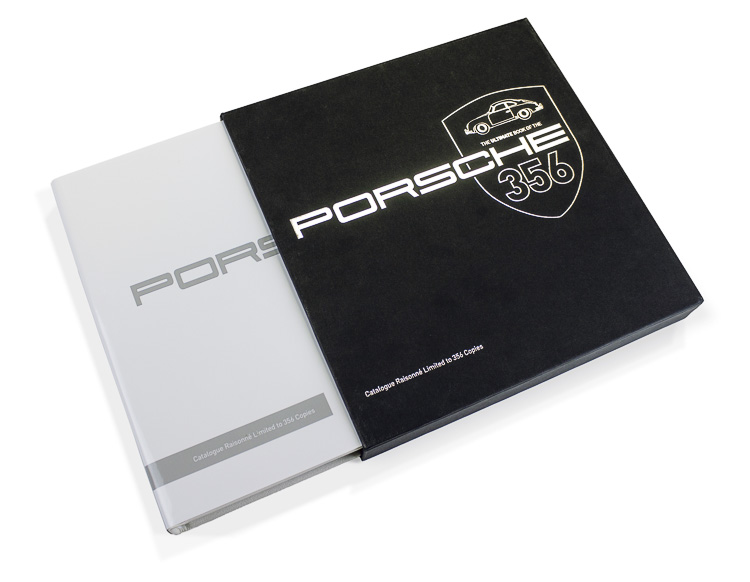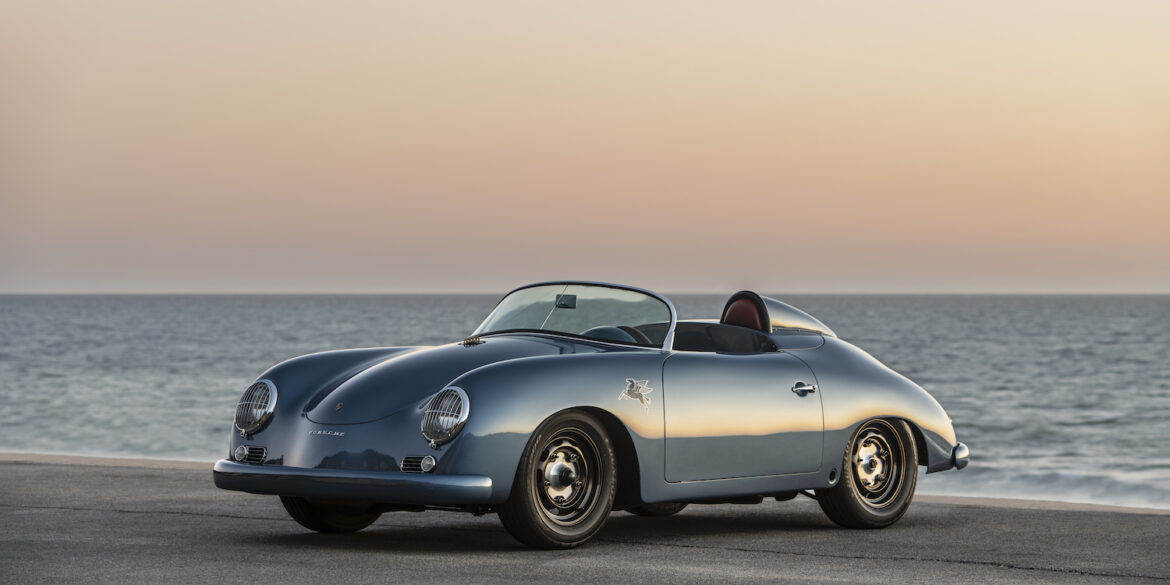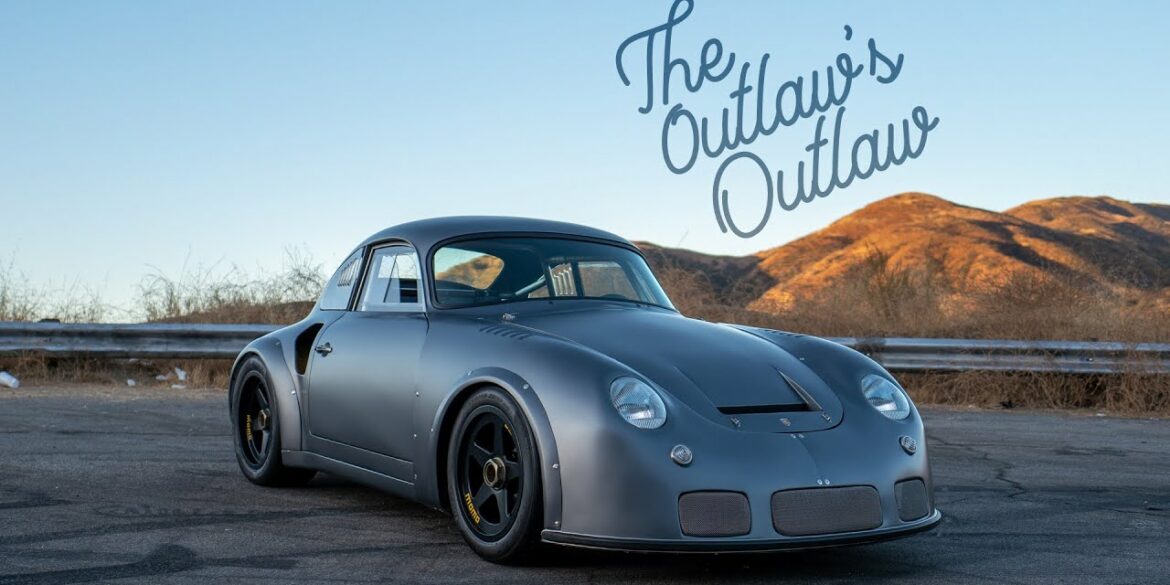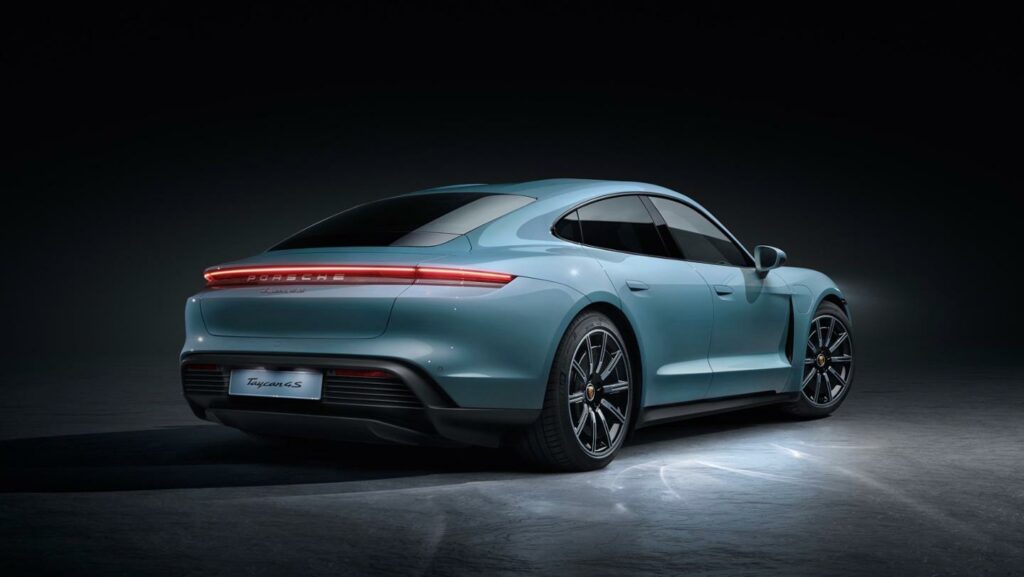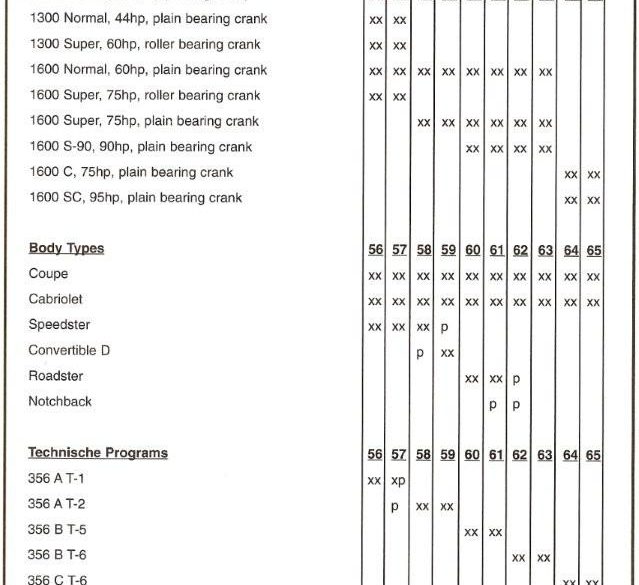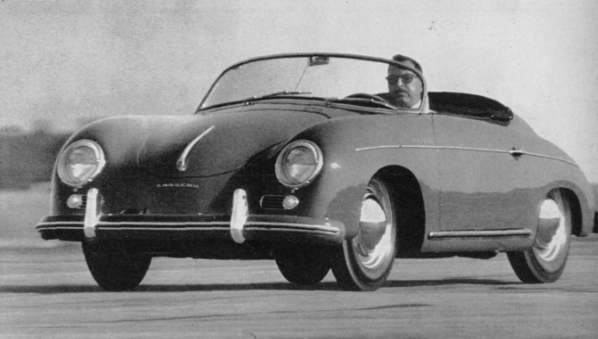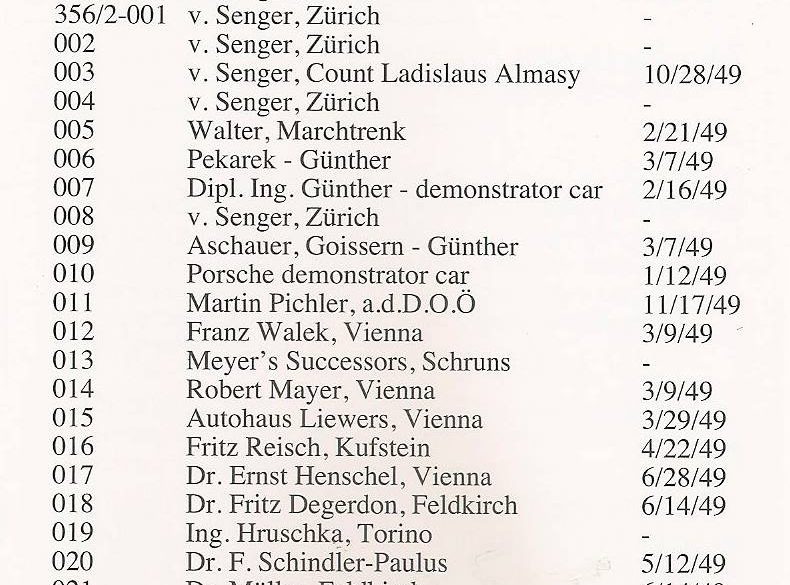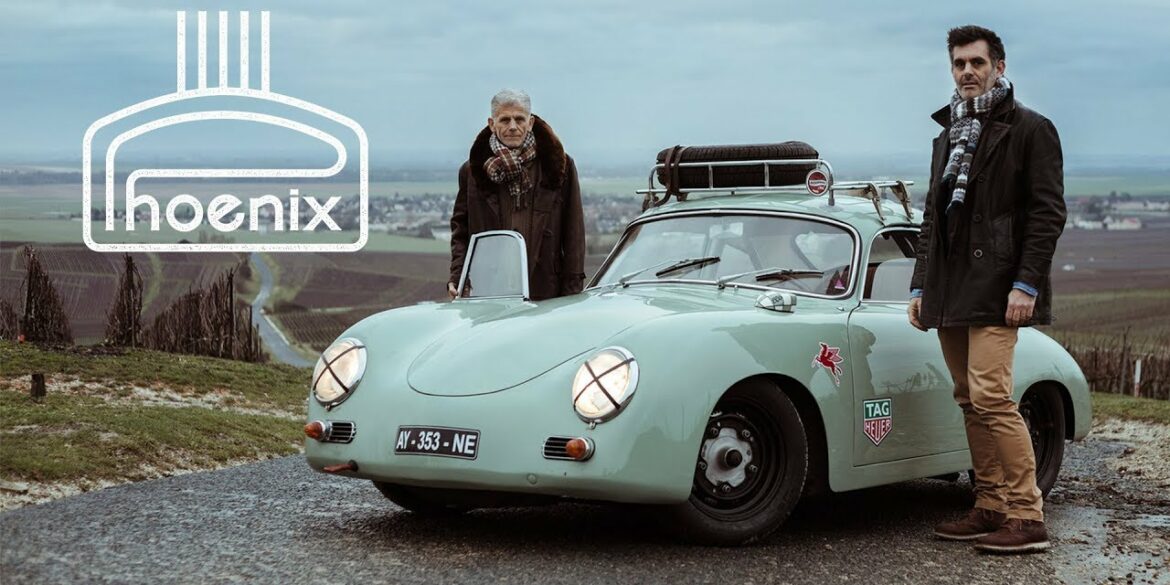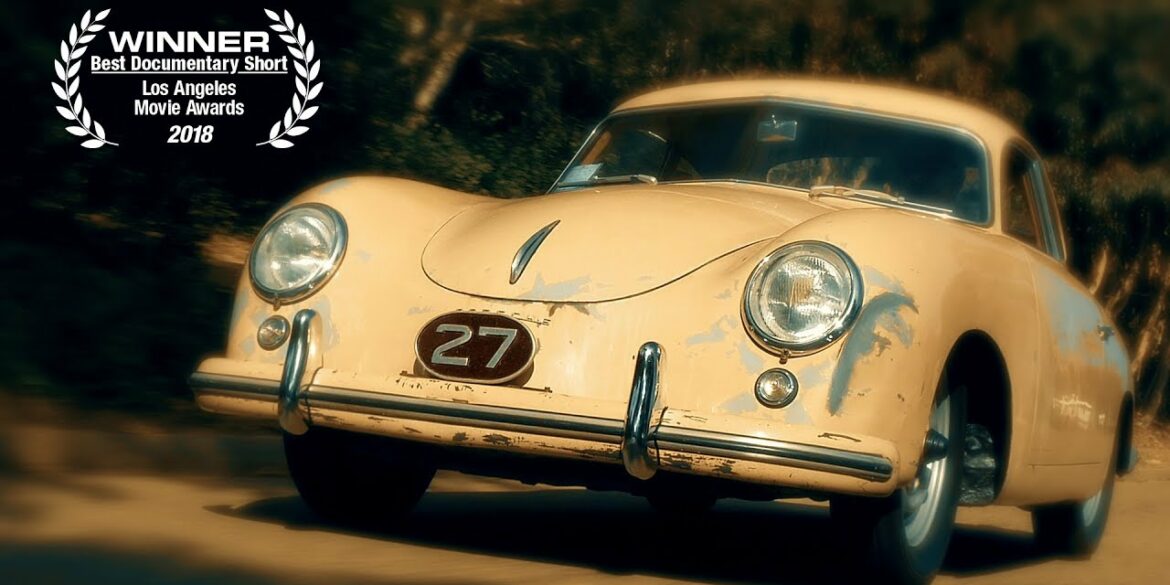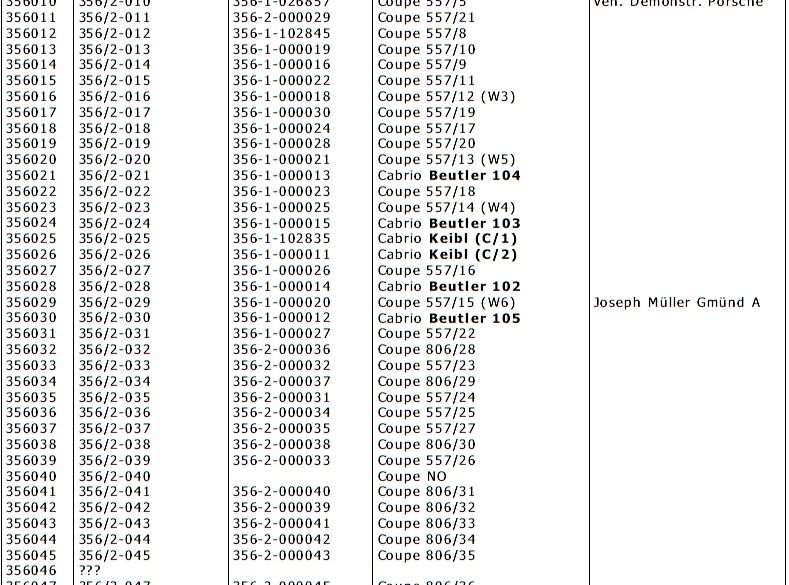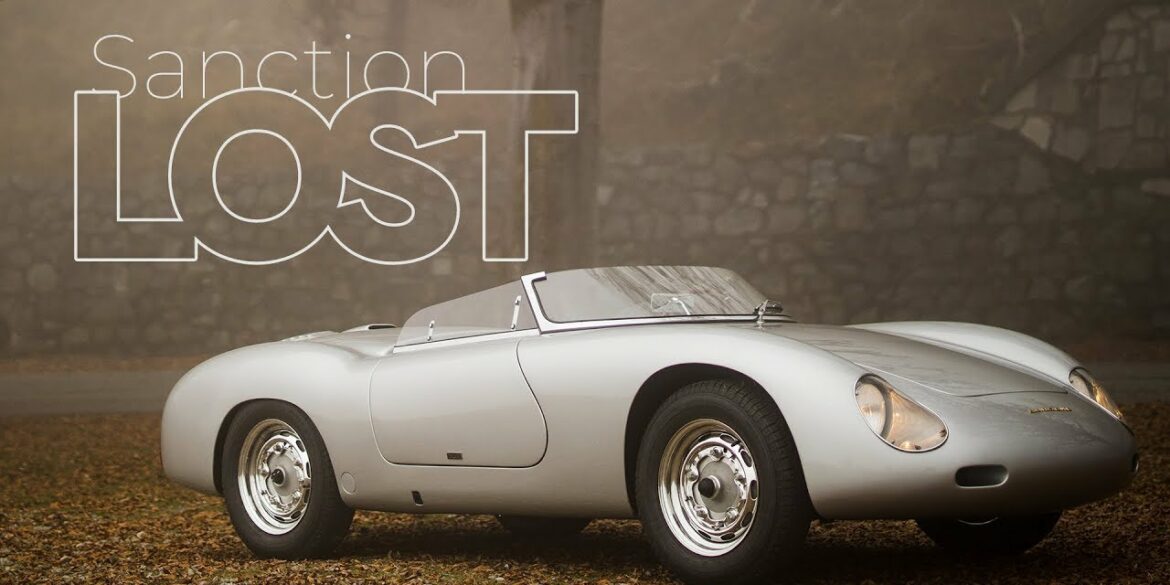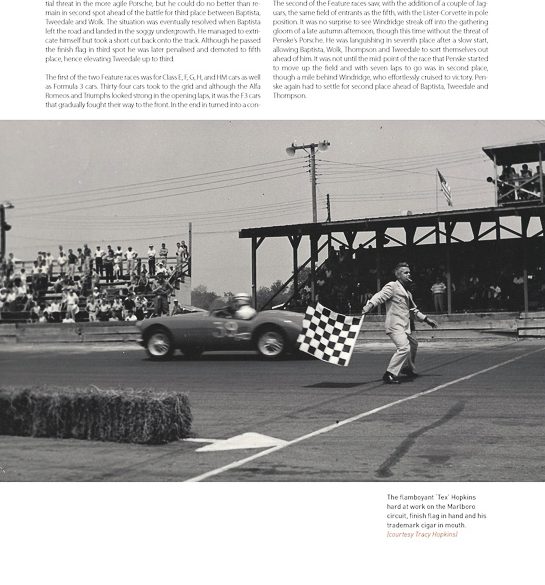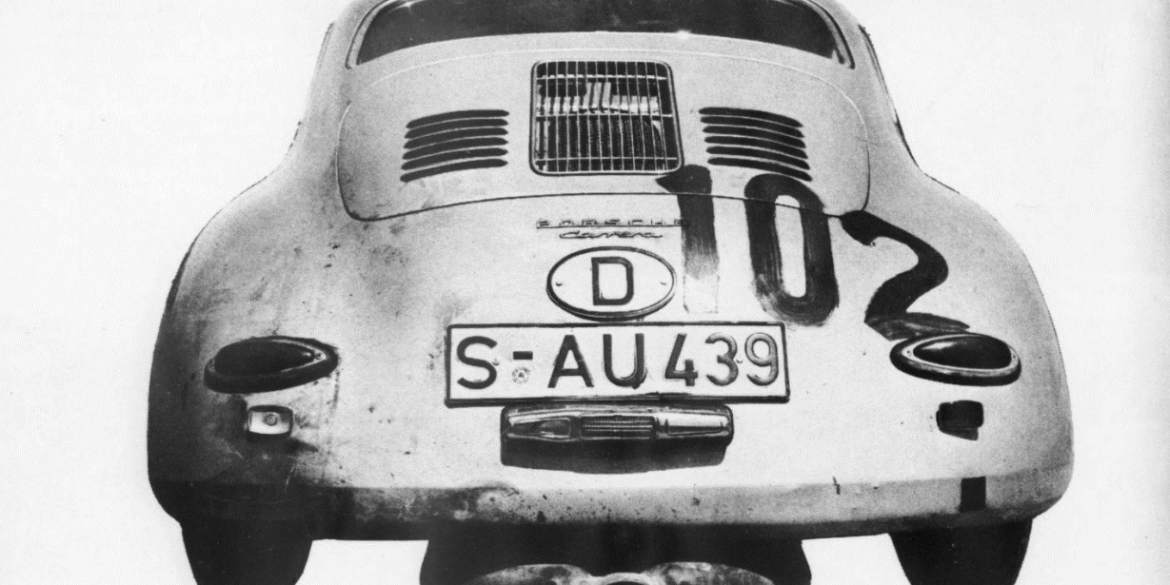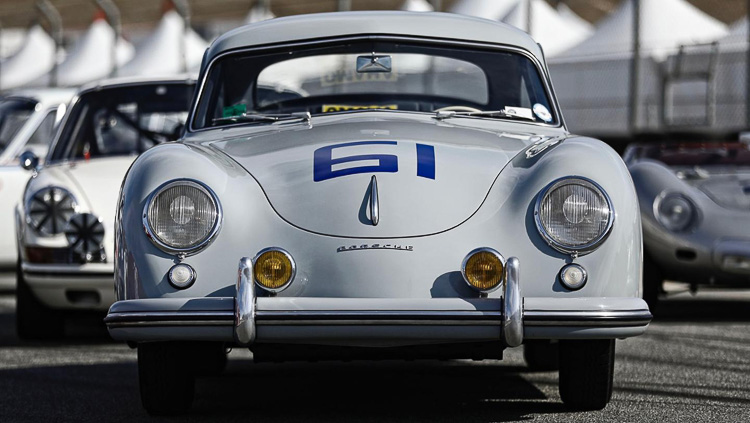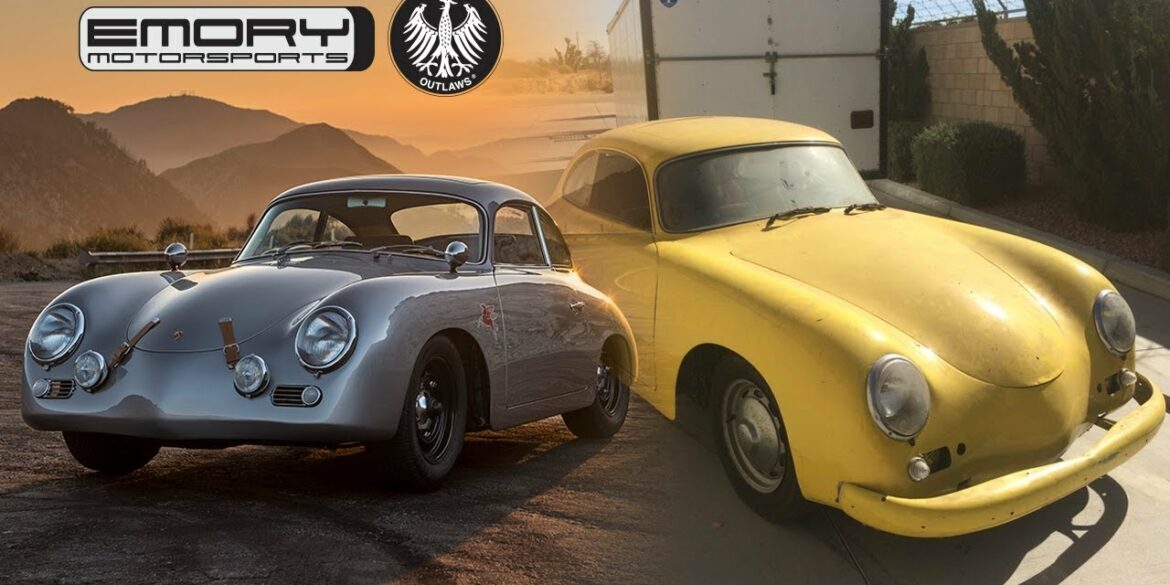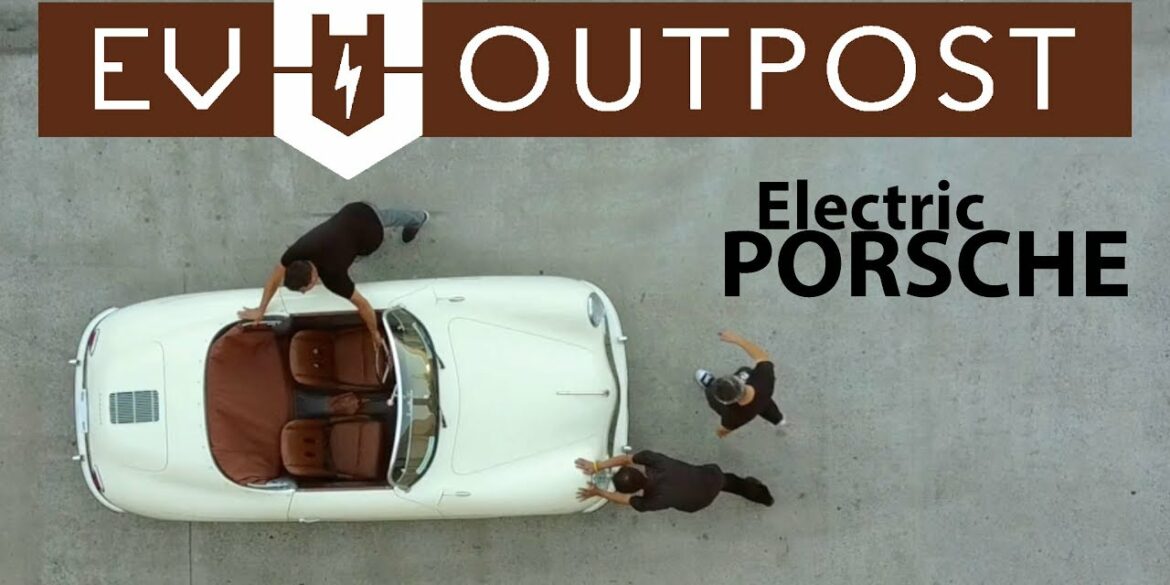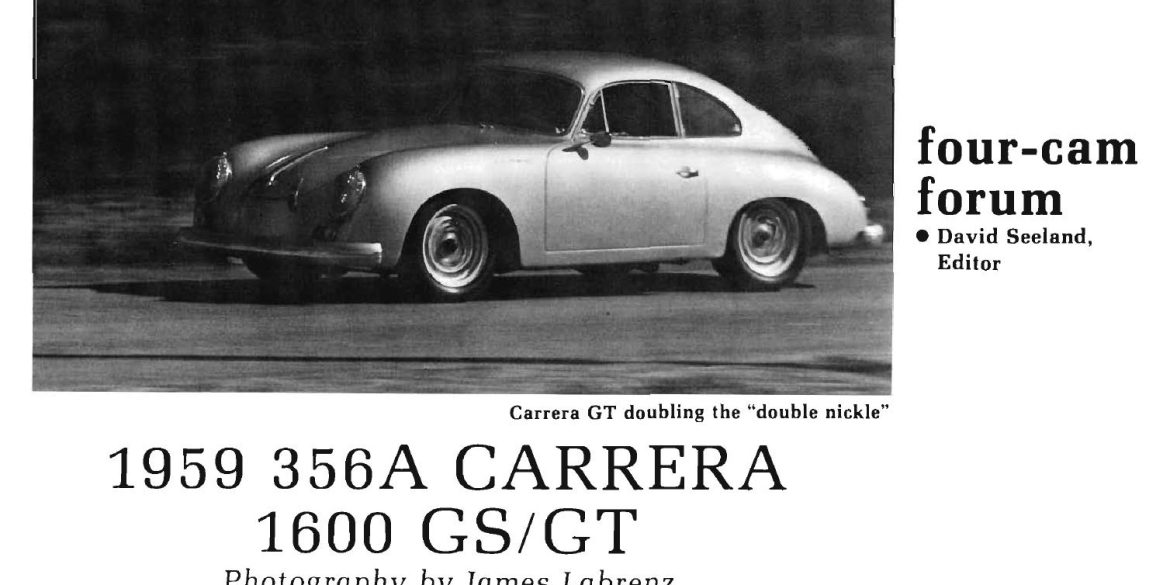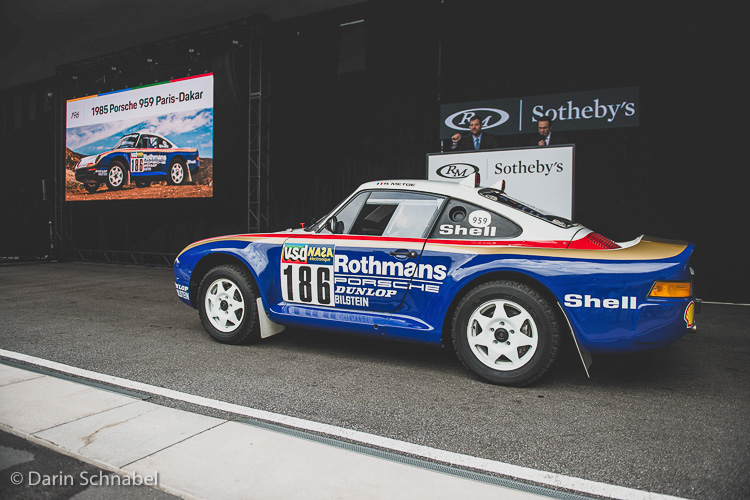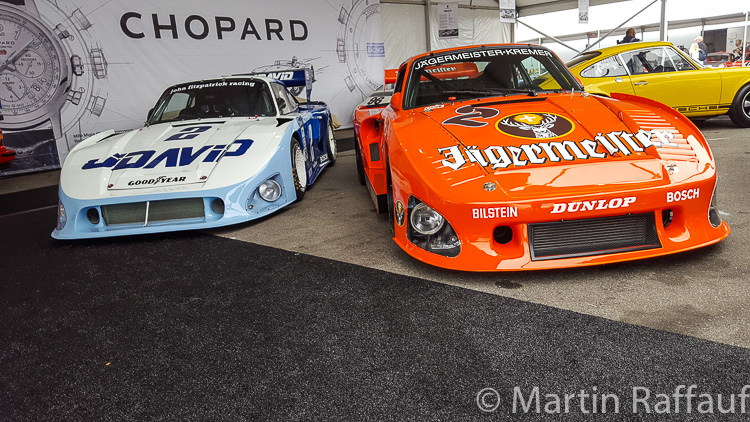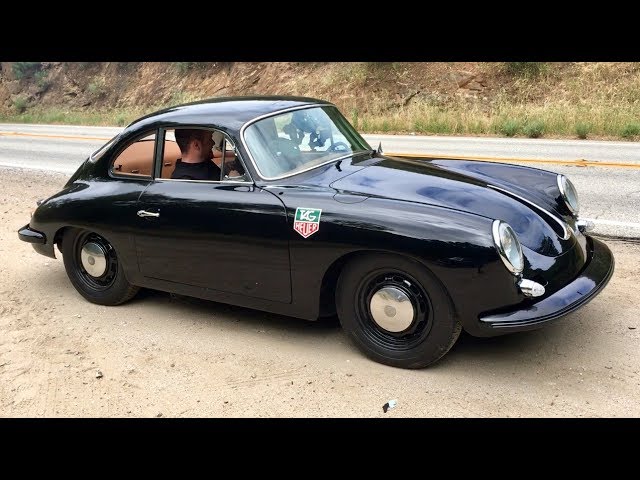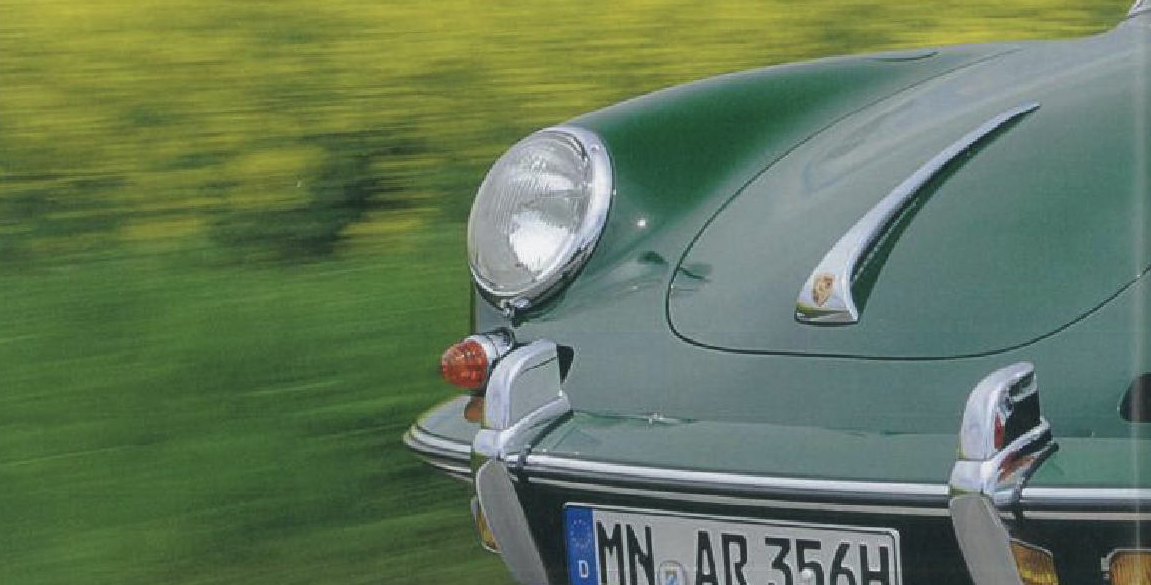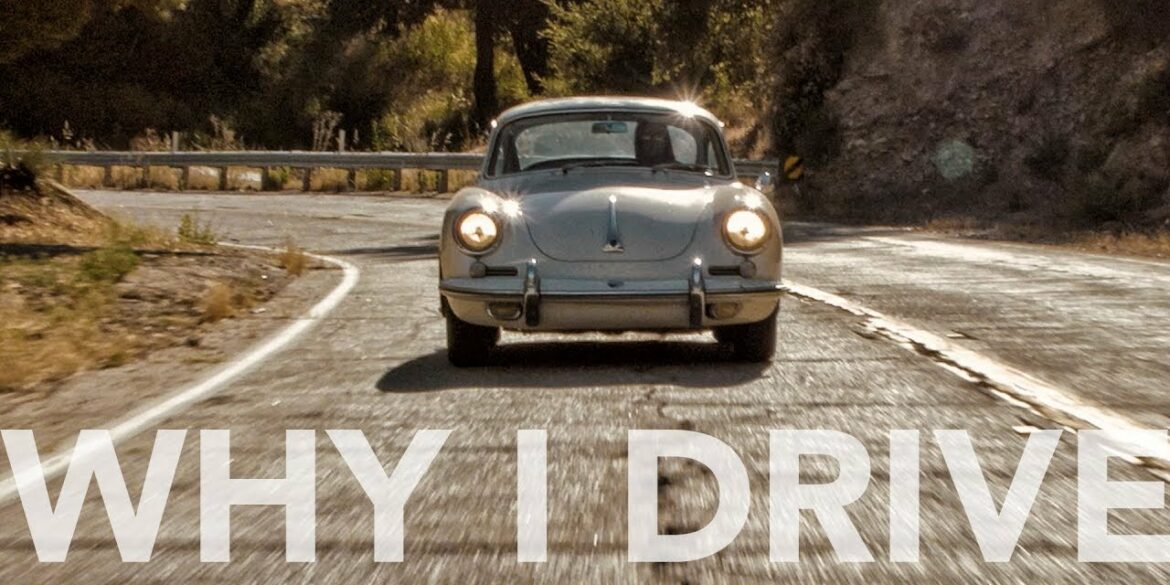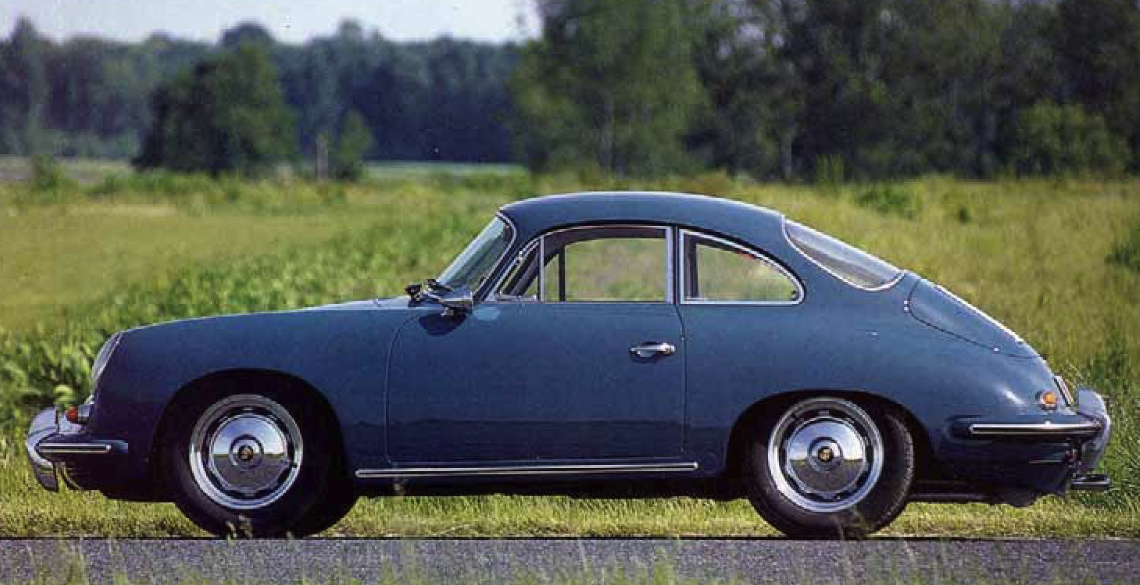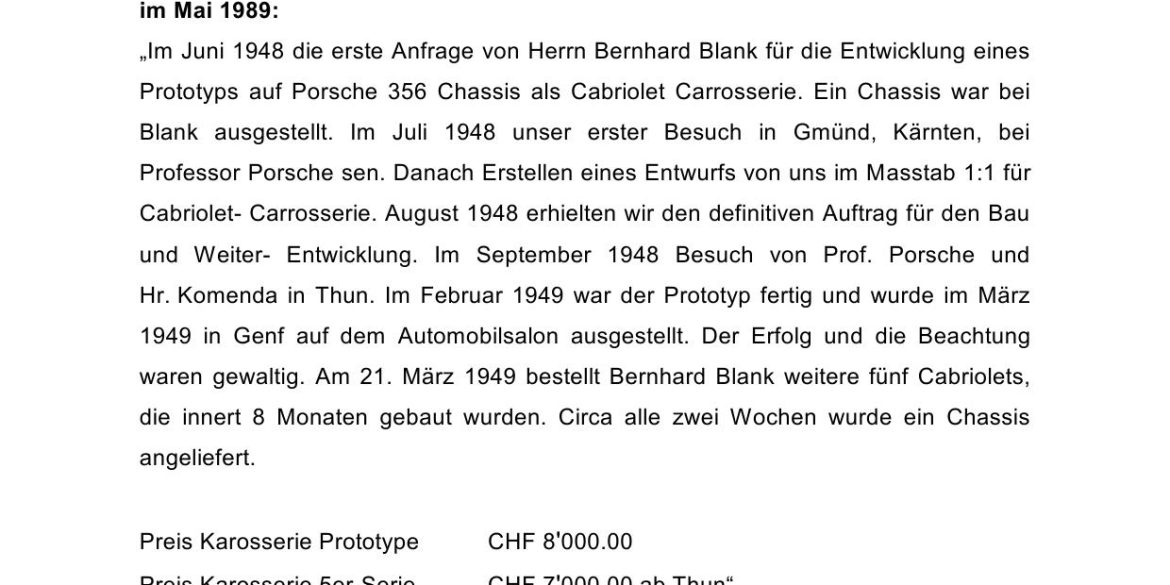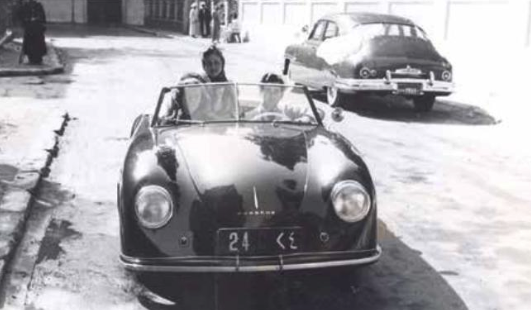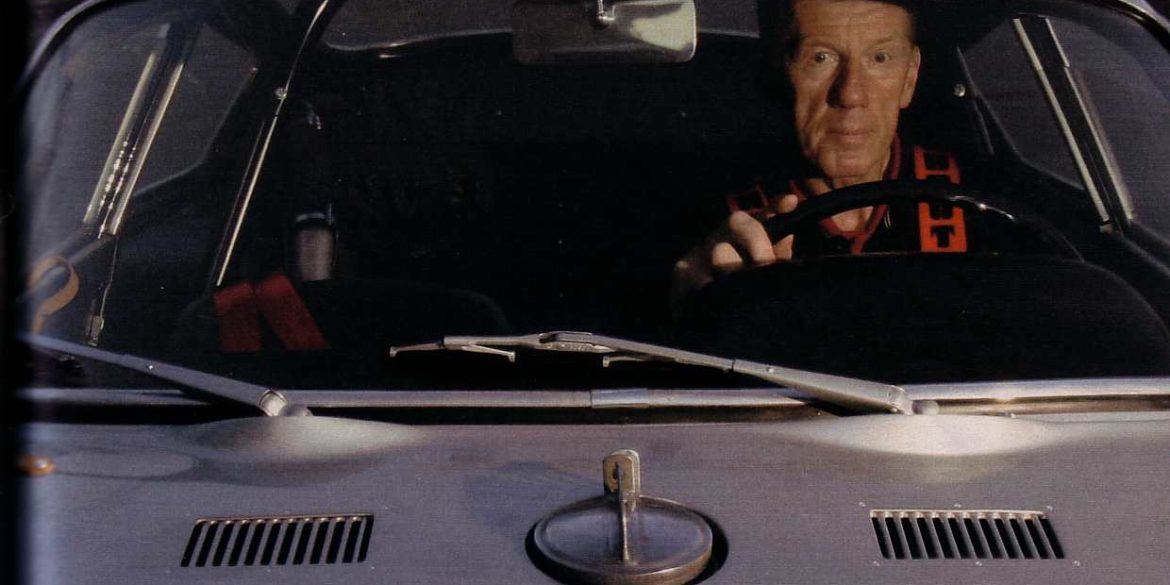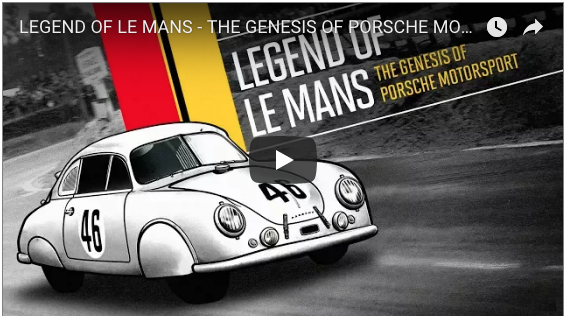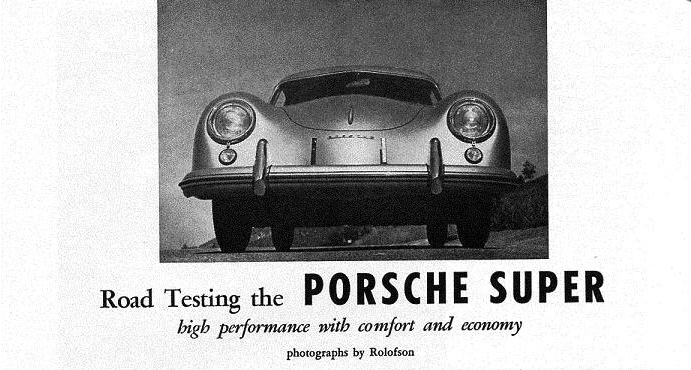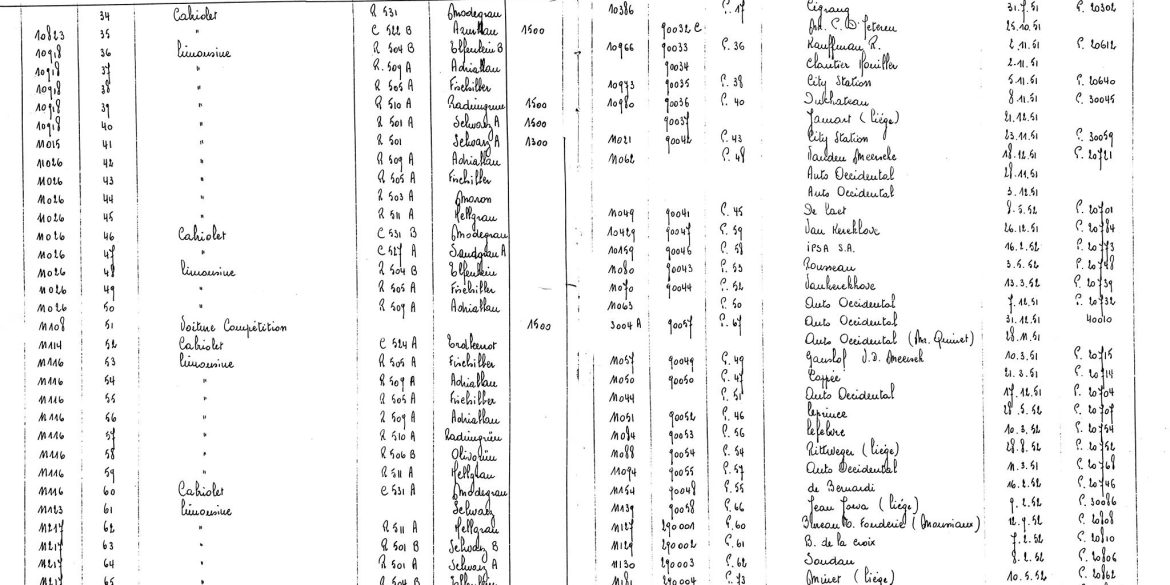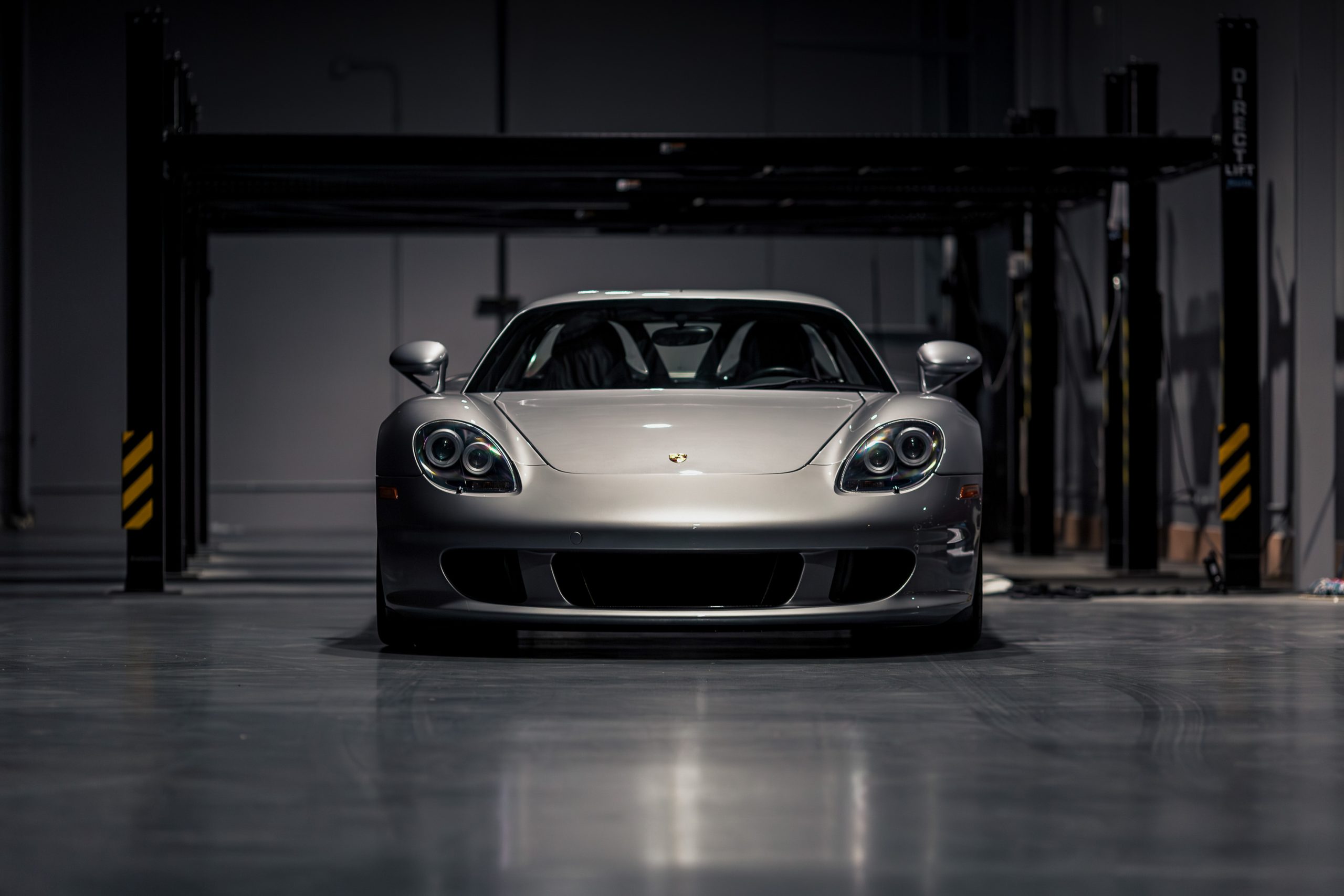No Subscription? You’re missing out Get immediate ad-free access to all our premium content. Get Started Already a Member? Sign in to your account here....
No Subscription? You’re missing out Get immediate ad-free access to all our premium content. Get Started Already a Member? Sign in to your account here....
No Subscription? You’re missing out Get immediate ad-free access to all our premium content. Get Started Already a Member? Sign in to your account here....
Porsche 356C Driven In today’s video, we don’t learn much – but we do get to see me go rather gooey over a 1964 Porsche 356C....
No Subscription? You’re missing out Get immediate ad-free access to all our premium content. Get Started Already a Member? Sign in to your account here....
No Subscription? You’re missing out Get immediate ad-free access to all our premium content. Get Started Already a Member? Sign in to your account here....
A Drive In the Emory Outlaw Roadster This 1960 Porsche 356 Roadster is a rather unique example of the Emory Outlaw essence. It features a 205-hp, 2,650 cc FAT 914 engine, 911 rear suspension, 911 5-speed transmission, aluminum hood, tonneau cover & headrest fairing and a Speedster windshield. There are many...
Porsche 356/1 Pictures Today we call the first mid-engined Porsche roadster as 356/1 (or 356 no. 1) to distinguish it from the rear-engined Porsches that followed. Below we have an assortment of photos we curated of the first prototype cars....
No Subscription? You’re missing out Get immediate ad-free access to all our premium content. Get Started Already a Member? Sign in to your account here....
Porsche 356/2 Gmünd Coupé Pictures The rare 356/2 aluminum bodied Porsche Gmünd Coupes are some of the most stunning Porsche case ever made. There was a total production of 52 units built in Gmund, with an additional 11 bodies created later for competition cars....
Porsche 356/2 Gmünd Cabriolet Pictures Of the 50 cars made in Gmünd, only eight were built up as cabriolets. Each was outsourced for its body and interior construction with six going to Beutler who constructed them with a slightly different shape than the factory coupes. Included was a kicked-up rear...
No Subscription? You’re missing out Get immediate ad-free access to all our premium content. Get Started Already a Member? Sign in to your account here....
Porsche 356/2 Gmünd Cabriolet Specifications type Series Production Car production years 1948 – 1951 built at Austria production 41 price $ $ 3,750 engine Type 369 Flat-4 position Rear, Longitudinal valvetrain Pushrod OHV fuel feed Dual Solex 26 VFJ Downdraft displacement 1086 cc / 66.27 in³ compression 6.5:1 power 29.8...
The Porsche 356 Story Porsche engineering company had designed cars for other companies for a long time, but it was finally in 1948 that a first “Porsche” was made under the leadership of Ferdinand Anton Ernst “Ferry” Porsche, the son of Ferdinand Porsche. At that time Porsche company was located...
Porsche 356 Sales Brochures Clearly going back this far, sales catalogs for Porsche cars are hard to find. When it comes to the Porsche 356 however, we searched far and wide and were able to get our hands on several sales and other brochures. As always, these are free to...
POV Drive In An 1800cc Twin Plug 356A Speedster Sit back, turn up the volume and enjoy...
Porsche 356 Spare Parts Catalogs (1960 – 1965 Model Year) Porsche 356B/356C These official Porsche PET Diagrams and codes for the 1960 to 1965 Porsche 356 models are free for your to download and view. Whether you’re working on your own Porsche 356 and need the total parts guide or...
Porsche 356 Spare Parts Catalogs (1950 – 1959 Model Year) Porsche 356/356A Parts These official Porsche PET Diagrams and codes for the 1950 to 1959 Porsche 356 models are free for your to download and view. Whether you’re working on your own Porsche 356 and need the total parts guide or...
Four-Cam Coupe Porsche 356 Carrera GS/GT Driven The Porsche 356 brought the automaker into a new era. The model started the trajectory that would eventually lead to the venerable 911, and prototype versions of the car earned Porsche its first major achievements in endurance racing—namely a class win at the...
Molly ready for the Peking to Paris rally in 2007 © David & Julie Harrison She was manufactured in 1958, and much of her early life is unrecorded. But in 2004, a customer of Gantspeed Engineering, Lincolnshire, England, asked the workshop’s owner, Robert Gant, to find him a right-hand drive...
No Subscription? You’re missing out Get immediate ad-free access to all our premium content. Get Started Already a Member? Sign in to your account here....
Barn Find Porsche Becomes A Twin Turbo Frankenstein Build How we made the 1959 Emory Outlaw RHD Coupe in GT SilverRod Emory is a legend in the Porsche game – so when he’s got a new build, you know it’s going to be worthy of an in-depth look. His 356...
No Subscription? You’re missing out Get immediate ad-free access to all our premium content. Get Started Already a Member? Sign in to your account here....
Porsche: The Carrera Dynasty by Glen Smale © Glen Smale A Spanish noun, ‘carrera’ can mean road, track or race and since the 1970s ‘Carrera’ has been a model name synonymous with Porsche. In fact, and as the author explains, Porsche had been using the name ‘Carrera’ since 1954 to...
An Automotive Icon One of the most iconic Porsches of all time is the 356A Cabriolet and now you have a chance to own one if you want it bad enough. The 356A Cabriolet you see here is currently for sale at Bring A Trailer. The car is a 1958...
Racing Porsche with Style © Stéphane Coradi This is Stéphane Coradi’s third publication, and the third of his books that I am reviewing. It must be said that Stéphane’s enthusiasm for his work is so irrepressible, it’s contagious. But that is refreshing, because he really encourages the contributors to show...
POV Drive In 356A Speedster This 1956 Porsche 356A Speedster is completely original and unrestored making it incredibly rare. It has 37,800 original miles on the odometer and it’s looking for a new home....
No Subscription? You’re missing out Get immediate ad-free access to all our premium content. Get Started Already a Member? Sign in to your account here....
8 minutes of Porsche 356 goodness British Touring Car runner-up Sam Tordoff had quite the time in the Fordwater Trophy at Goodwood Revival 2018. After grabbing a pole from Darren Turner’s Aston Martin DB2, Tordoff’s Porsche 356 stalled when the flag dropped. The ensuing drive was absolutely scintillating: enjoy eight...
Enjoy a close-up experience of the history of Porsche at the Porsche Museum, at night when the museum comes alive! Encounter legendary racing and sports cars, fascinating production models as well as unusual prototypes. More than 80 vehicles will take you from the early years all the way to the...
A Beautiful Piece of Porsche History The 1960 Porsche 356B Roadster is an automotive icon. The vehicle is one of those highly sought after cars by collectors. That makes this particular one that’s for sale on Bring A Trailer special. The car has low miles (about 6,000) and looks absolutely...
Want to Join the Outlaw Gang? Rod Emory makes some of the most insane modified Porsches out there. This Porsche MOMO 356 RSR Outlaw built by Rod Emory is currently for sale and it’s an absolutely beautiful car unlike any other on the road. This car debuted in 2019 at...
A Beautiful Example With a Red Interior The Porsche 356B Coupe is a car that stands out in many people’s minds as an iconic Porsche model. It’s one that is easy to love and they’re not wildly expensive as far as collector cars go. Really good ones can reach well...
SportErfolge: by Tony Adriaensens – page photographs by © Virtual Motorpix/Glen Smale Simply titled, SportErfolge (English: Success in Sport), this book came my way quite by surprise. It is not a book I knew anything about until I spotted it on the internet, and decided to look for a copy....
A True Porsche Specimen The Porsche 356A Speedster is a beautiful car and an important part of Porsche’s long motoring history. There’s a 1958 version of the car for sale at Bring A Trailer right now. The current bid is at $205,000 and the auction ends in seven days. If...
Porsche 356 Cabriolet competing at an aerodrome race in the USA, ca. 1952/1953 America has for decades been Porsche’s biggest market, and this was important for the young and growing company. In some ways, the importance of this market even influenced the development of certain models. In this feature, Porsche...
Porsche 356 – Made by Reutter: by Frank Jung © Delius Klasing Verlag When the second edition of this fine publication was released back in April 2019 in German, I enquired immediately as to when the English edition would be available. I was told it would be coming onto the...
1957 Porsche 356 A Speedster – looking chocolate box pretty! It was Max Hoffman, the New York-based Porsche importer, who was instrumental in getting the factory to produce a lightweight sports car for local competition in the USA. Hoffman’s clients were demanding a stripped-down factory version of the 356 to...
The Ultimate Book of the Porsche 356 by Brian Long © Veloce Publishing Limited Brian Long’s original book on the Porsche 356 was published in 1996, and this was later printed in softback form. A few years later a revised version of this book was published which included more colour...
Shifting the Recipe a Bit Rod Emory of Emory Motorsports has revealed the 1959½ Speedster. It’s the latest evolution of the company’s vision for its Outlaw 356 Porsches. The Transitional Speedster you see here came to be from a 356 coupe that had sustained significant roof damage. The roof was...
They call it the 356 RSR Rod Emory’s parents brought him home from the hospital in a hot-rodded short wheelbase 911, which says all you need to know about the influence cars had in his childhood. Growing up in a household that was very well-versed in custom automobiles (especially Porsches),...
One of the Best ‘Outlaws’ on the Planet Emory Motorsports is a company that makes the best Porsche “Outlaw” cars. The attention to detail is stunning and there are few more beautiful machines to exist. Now there is a 1959 Porsche 356A sunroof coupe for sale on Bring a Trailer....
No Subscription? You’re missing out Get immediate ad-free access to all our premium content. Get Started Already a Member? Sign in to your account here....
The day dawned bright and clear with little sign of any clouds, a typical Highveld winter’s day. After an early morning meeting for coffee, the small group consisting of two owner/drivers, a journalist (myself), a photographer and support crew, headed north-west from Johannesburg. The convoy included a 1958 356A Speedster...
No Subscription? You’re missing out Get immediate ad-free access to all our premium content. Get Started Already a Member? Sign in to your account here....
The Auratium Green 356 A Type 2 Please turn on Closed Captions to enjoy this film in English. This is the story of following a trail of gas into the a tractor barn. It is a story of a family legacy of mechanical inclination and a desire to learn from...
1953 Porsche 356 America After decades collecting dust in a storage building in the California desert, a 1953 Porsche 356 America coupe is returned to the road and reunited with the 93-year-old original owner. 2018 Winner of the Los Angeles Movie Awards Best Documentary Short. A film by Red Guitar,...
No Subscription? You’re missing out Get immediate ad-free access to all our premium content. Get Started Already a Member? Sign in to your account here....
Porsche 356 Carrera Speedster Zagato Please turn on closed captions to enjoy this film in English. Zagato is turning 100 years old this Friday, and over the course of the past century the Milanese coachbuilder has been quite prolific—Andrea Zagato, current CEO and the third generation of the family to run...
Mid-Atlantic American Sports Car Races 1953-1962: by Terry O’Neil © Dalton Watson Fine Books This is the beginning of a series of book reviews on early American racing, written by some very committed authors and published by Dalton Watson Fine Books. Mid-Atlantic American Sports Car Races 1953-1962 is the first...
Porsche – The Golden Years: Leonardo Acerbi © Virtual Motorpix/Glen Smale It is always a pleasure when a top-quality book lands on my desk, so when Porsche – The Golden Years arrived at the Porsche Road & Race offices, I was especially pleased. We had the pleasure of reviewing Ferrari...
After a 45-year hiatus, the popular Ice Race GP at Zell am See near the picturesque Austrian town of the same name, was revived last month to great acclaim. Thanks to an abundance of snow in the region, the race track, which is laid out on the frozen runway of...
Kim Copperthite watches the Porsche 919 Hybrid Evo during its record run at the Porsche Rennsport Reunion VI, Laguna Seca, 2018 (© Mike Copperthite) It is interesting how, sometimes when you trace an old classic car or historic racer back to its roots, you end up not far from the...
How we made the 1959 Emory Outlaw RHD Coupe in GT Silver How we made the 1959 Emory Outlaw RHD Coupe in GT Silver. This is the inaugural installment of a class of videos we call “walk arounds” to give our friends and fans an inside look at how we do...
How to Convert a Classic into An Electric Car...
Lot #196, the 1985 Porsche 959 Paris-Dakar, outstripped its pre-sale estimate at RM Sotheby’s Porsche 70th Anniversary Auction at the Porsche Experience Centre Atlanta. With a pre-sale estimate of between $3.0m-3.4m, the 959 sold for a final $5,945,000, almost doubling its estimate. This was just one of the vehicles at...
It’s hard to know where to begin when writing a report on Porsche Rennsport Reunion VI. It was both an emotional and a sensory overload! A reunion with people not seen for a while, and the historical impact of all the rare cars. This was the sixth iteration put on...
Video featuring Tordoff’s impressive run from last to 2nd in his Porsche 356 in the Fordwater Trophy at the Goodwood Revival 2018...
A father/son project gets driven This is a fully restored 1965 Porsche 356C, the final year of the 356. A father/son project, it features a punched-out 1780cc engine, mild outlaw body work, and a rally-inspired interior with fresh hides and rare vintage Tag Heuer rally clocks. Though it’s incredibly slow,...
We Love This 1964 Porsche 356 Why does Catherine Sutton drive? Because looking after her car is a choice, not a chore. She presides over her 1964 Porsche 356 with its wrinkles and patina as if it were a loved one, carefully operating the clockwork of its clutch and accelerator,...
THE GENESIS OF PORSCHE MOTORSPORT…watch the restoration by Rod Emory of the #46 Porsche 356 SL that won its class at the 1951 Le Mans 24 Hours, captured in this super video by Rennfilms...
No Subscription? You’re missing out Get immediate ad-free access to all our premium content. Get Started Already a Member? Sign in to your account here....


